What is a Persian Lilihan Rug and Where Did it Come From?
Persian Lilihan rugs are among the most beautiful and durable rugs in the world. They have a rich history that dates back to the 17th century, when Armenian weavers settled in the village of Lilian in western Iran. These rugs feature stunning patterns and colors that reflect the Persian and Armenian cultures. In this guide, we will explore the history, colors, and designs of Persian Lilian rugs, and why they are still popular today.

History of Persian Lilihan Rugs
The Armenian Migration to Central Iran
The origin of Persian Lilihan rugs is closely related to the forced displacement of around half a million Armenians in the Caucasus region of Iran during the 17th century. This displacement occurred under the 5th Safavid rule of King Shah Abbas. Many Armenians lost their lives during this relocation, while some reached central Persia. Despite the destruction, the survivors persevered and established new towns. Rug-making became the backbone of their new economy, as weaving had always been a tradition for the Armenian people. These villages thrived both culturally and economically.

The Rise and Fall of Lilihan Rug Making
The town of Lilian in Iran's Markazi Province became renowned for its beautiful rugs crafted during the 18th and early 19th centuries. These rugs were named after the town and gained popularity worldwide. After World War II, the Soviet Union facilitated the return of Armenians to their homeland in the South Caucasus region, resulting in a shortage of Armenians in Iranian villages and a decline in their art.

Colors and Designs of Persian Lilihan Rugs
The Signature Pink Color of Lilihan Rugs
Lilian carpets traditionally feature curvilinear lattice and Persian floral motifs, but they can also include geometric designs. The primary color choice was usually pink, with rose/pink as the main color in the weft, creating a salmon-hued backdrop. Earthy tones of brown, blue, ivory, and green, along with refined accents of gold, complemented the overall design.
The Floral and Geometric Patterns of Lilihan Rugs
Weavers near Arak influenced the designs of Lilihan, Mir, and Malayer rugs. However, Lilihans have a distinct structure with a single weft between each row of knots, setting them apart from Sarouk rugs known for their double-wefted structure.
The Difference Between Lilihan and Sarouk Rugs
Lilihan and Sarouk rugs are often confused because they share some similarities in color and design. However, there are some key differences that distinguish them:
- Lilihan rugs have a single weft between each row of knots, while Sarouk rugs have a double weft.
- Lilihan rugs have a finer weave and a softer pile than Sarouk rugs.
- Lilihan rugs have more variation in color and pattern than Sarouk rugs.
- Lilihan rugs are more affordable than Sarouk rugs.

Persian Lilihan Rugs in the American Market
The Victorian Era Demand for Lilihan Rugs
During the 19th and early 20th century, Lilihan rug makers achieved great success, particularly in New York. American Victorian homes had an insatiable appetite for the intricate designs and plush pile, making them one of the most exported items to America during that time.
The Modern Appeal of Vintage Lilihan Rugs
Lilihan carpets continue to be highly sought after today, although the quality of newer versions may not always match that of the original ones. Vintage Lilians are still esteemed for their incredible artistry and attention to detail.

So, Why Lilihan Rugs are Valuable?
Lilihan rugs are not only valuable for their quality and beauty, but also for their historical and cultural significance. The Armenians brought with them their weaving skills and traditions to central Iran, and adapted them to the local environment and market. Lilian rugs reflect the Persian and Armenian influences in their colors, designs, and techniques. They are also a testimony of the resilience and creativity of the Armenian people, who faced many hardships and persecutions throughout their history. Lilian rugs are therefore more than just carpets, they are also cultural artifacts that tell a story of a people and their heritage.
Enjoy this great educational video about Lilian rugs.

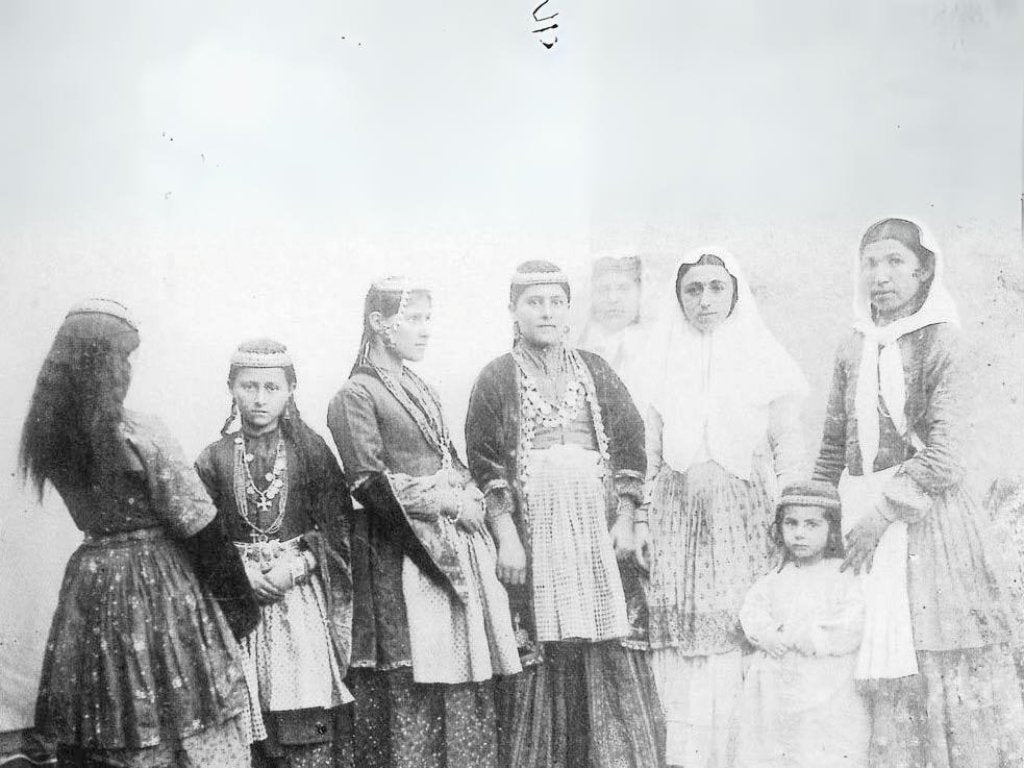

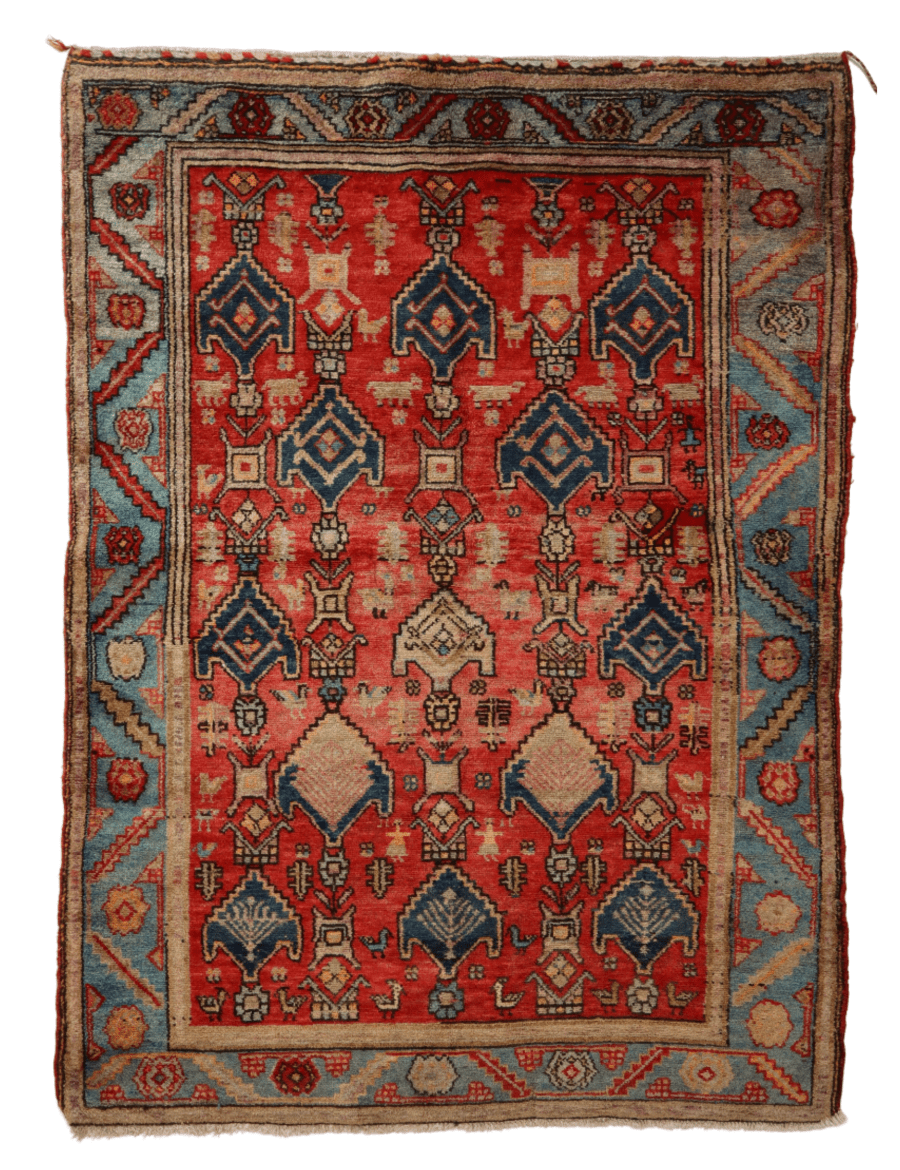
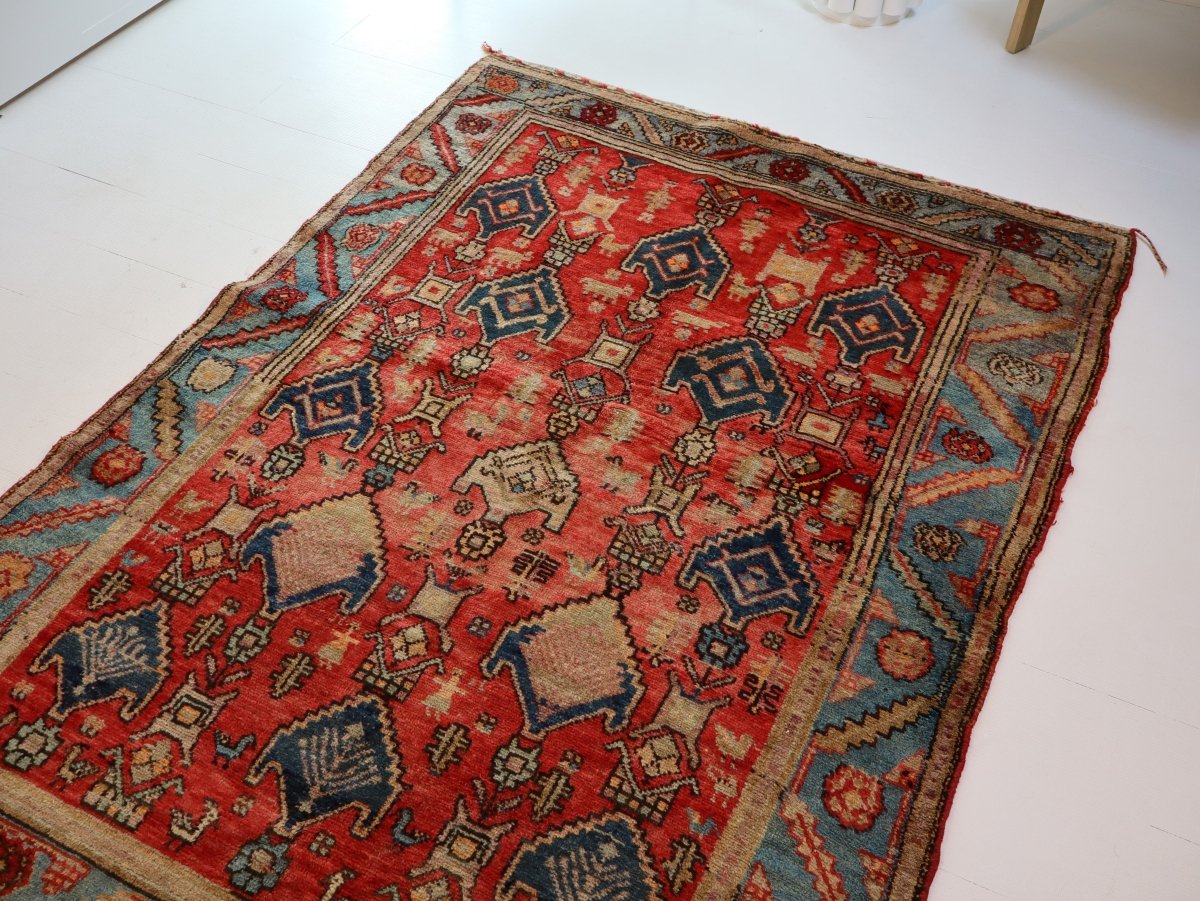
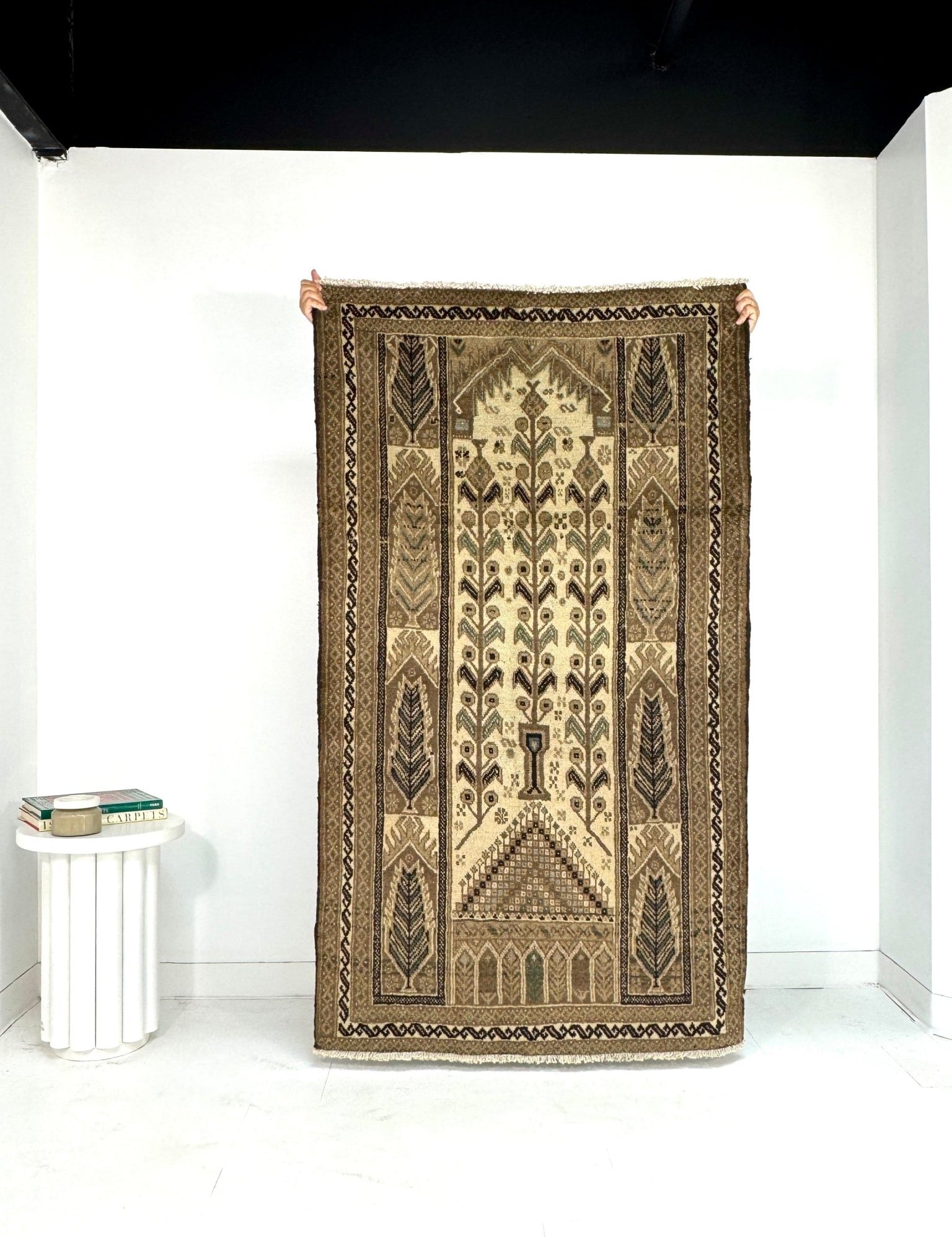
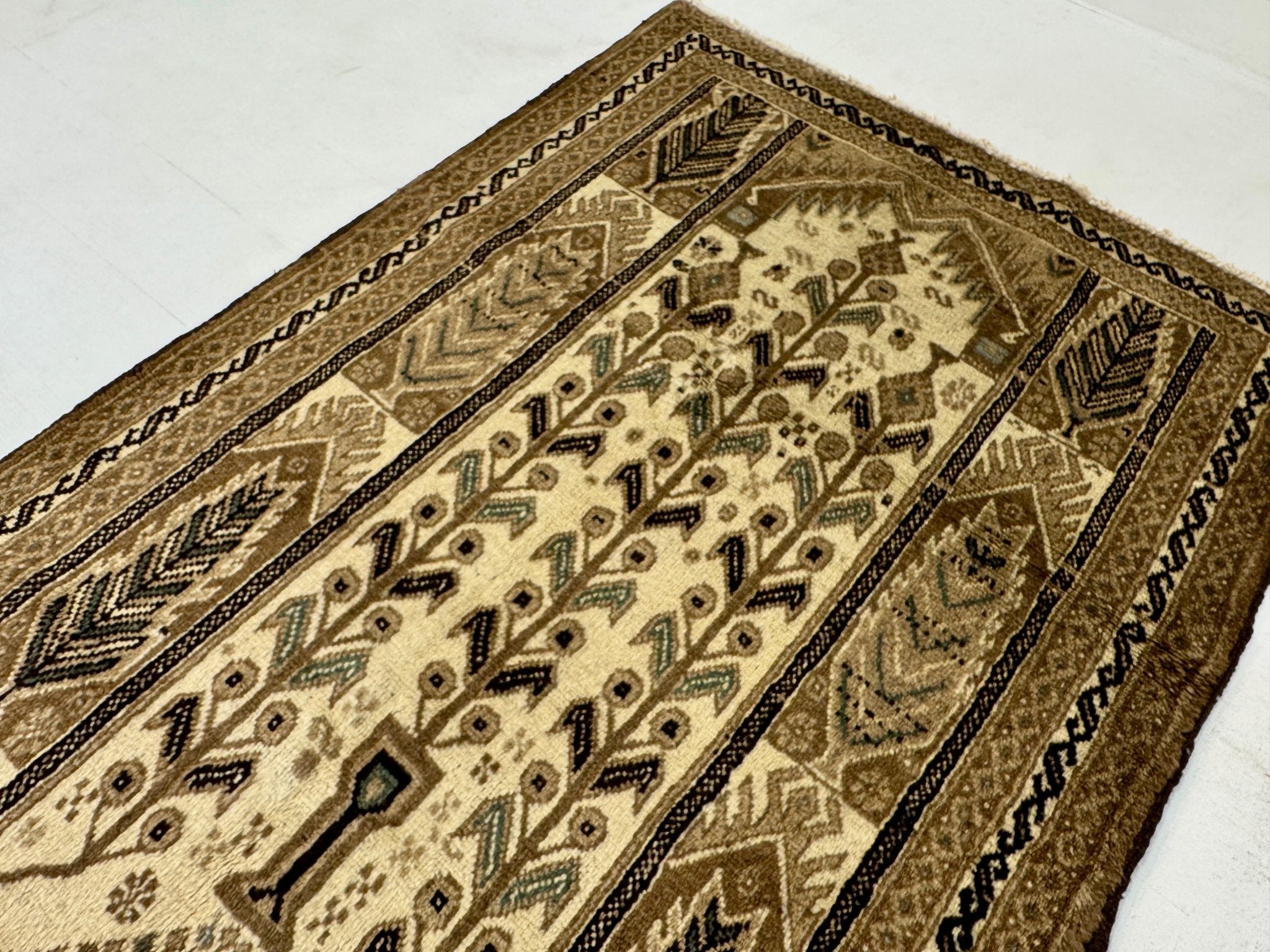
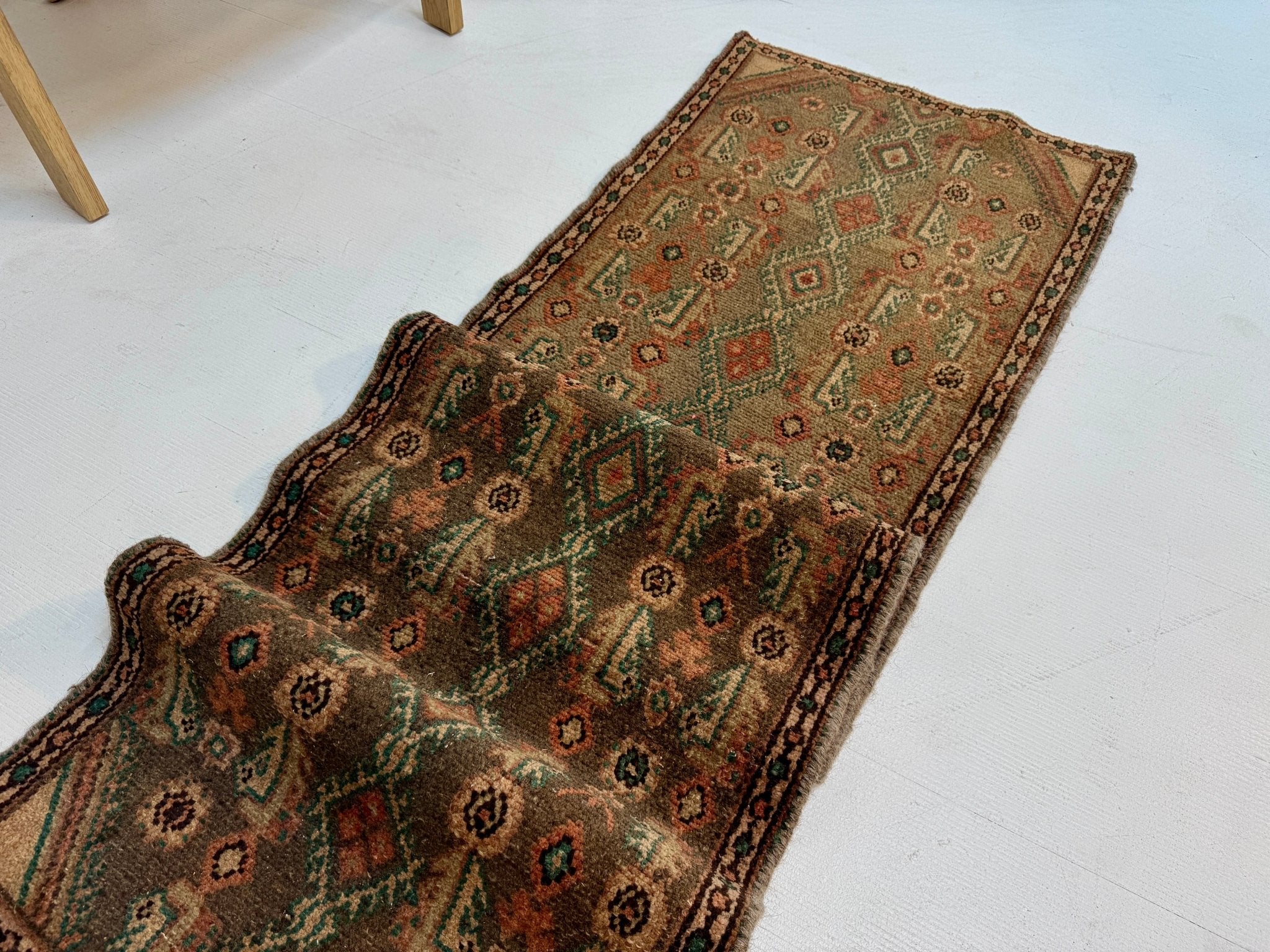
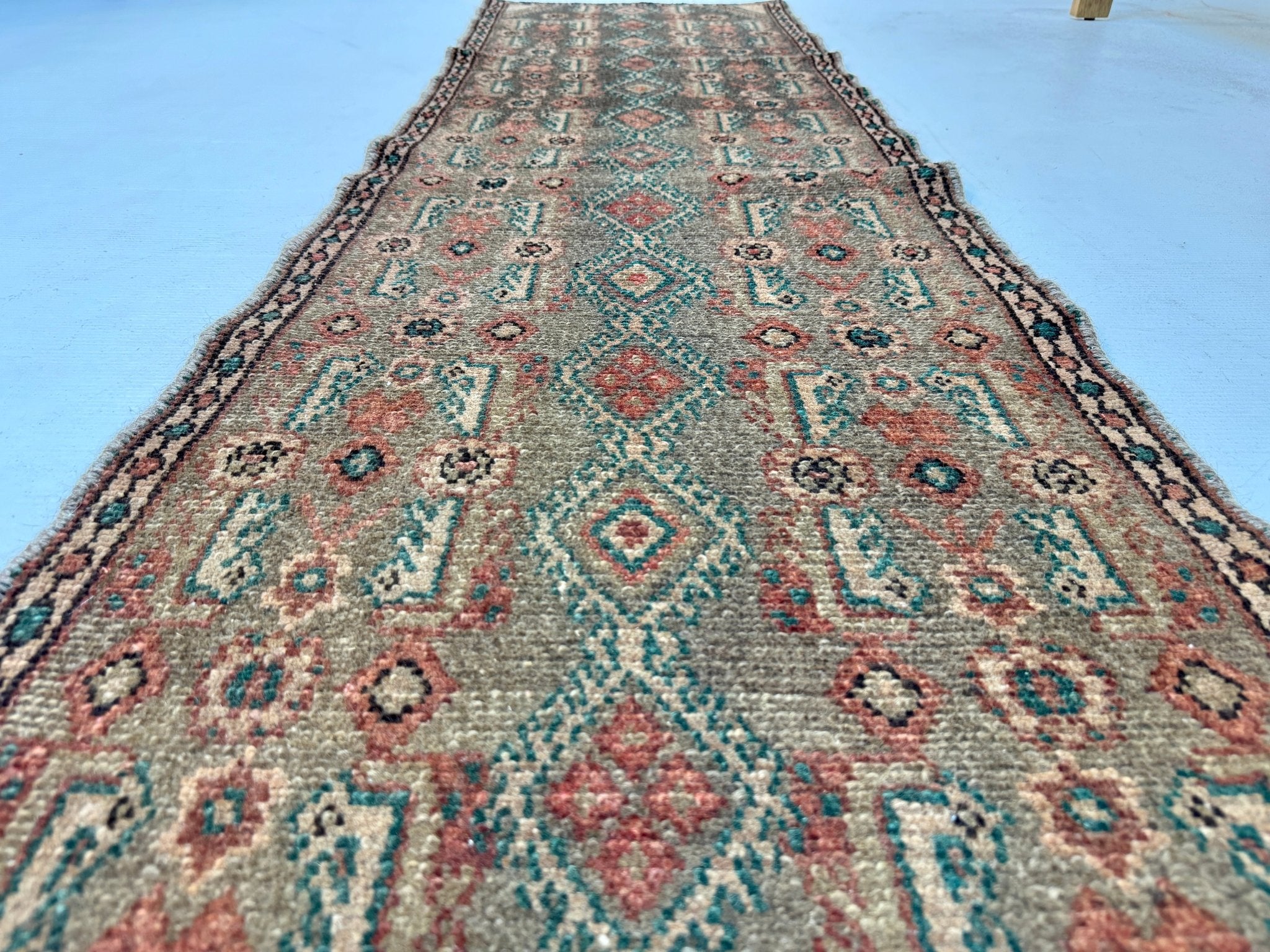
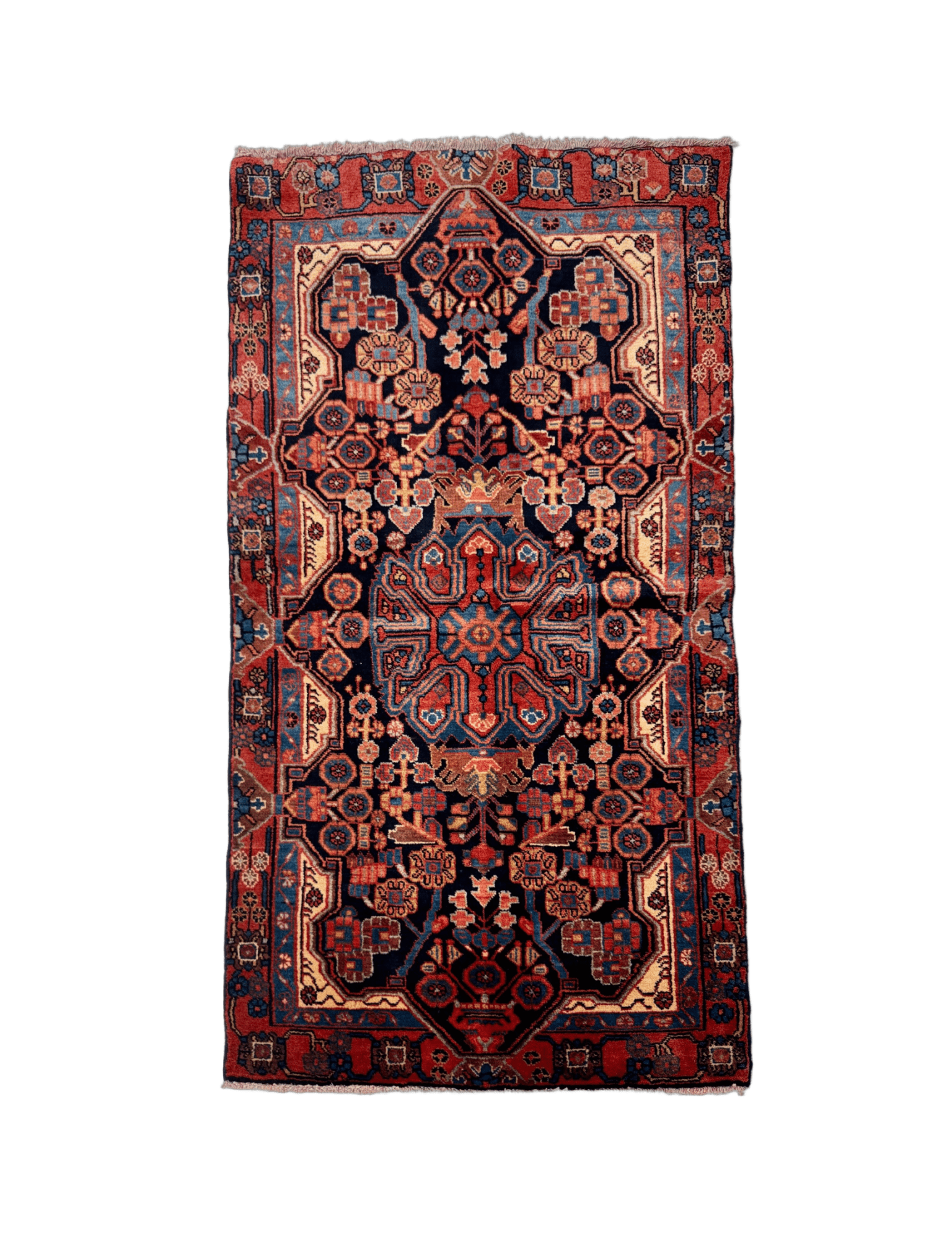
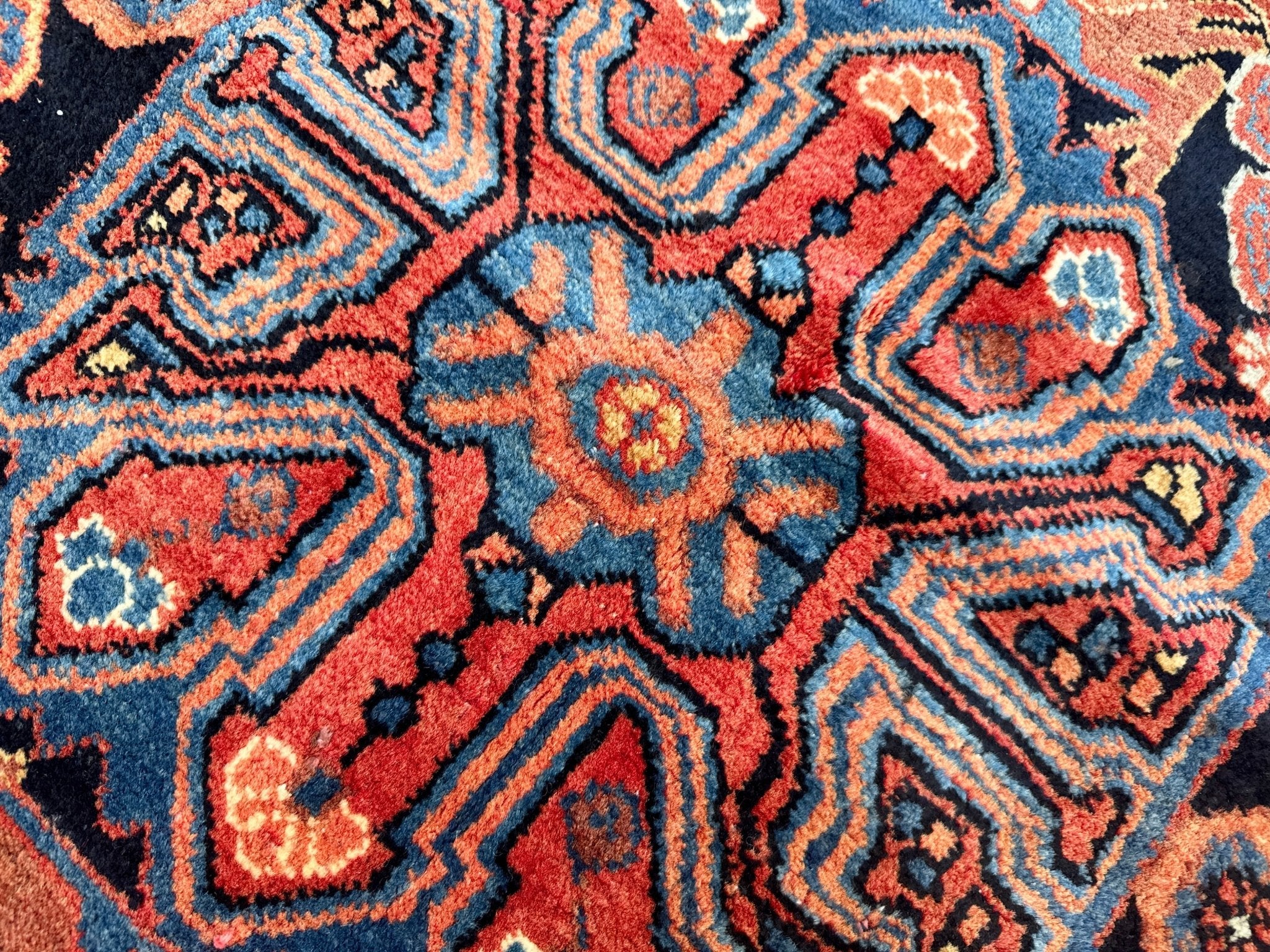
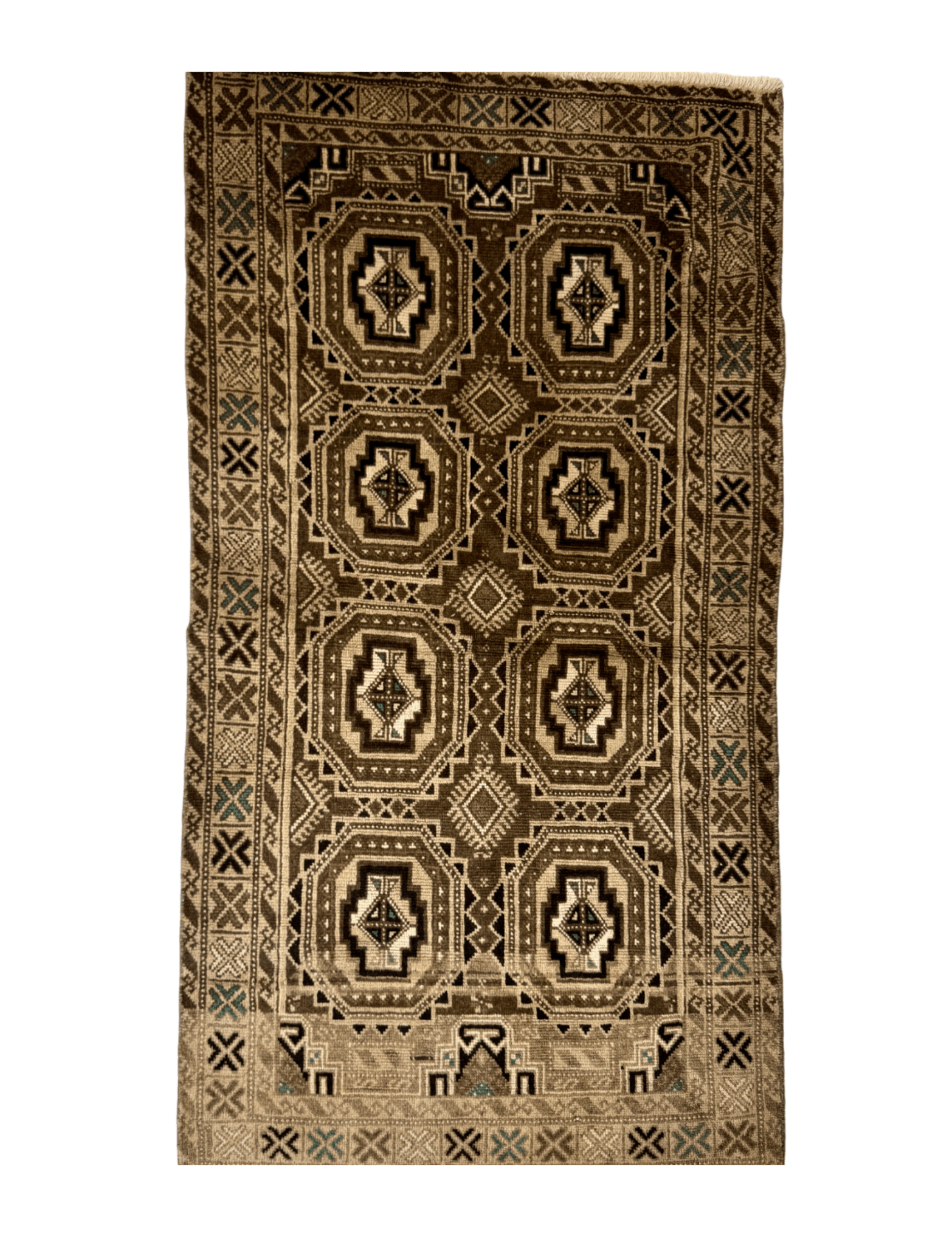
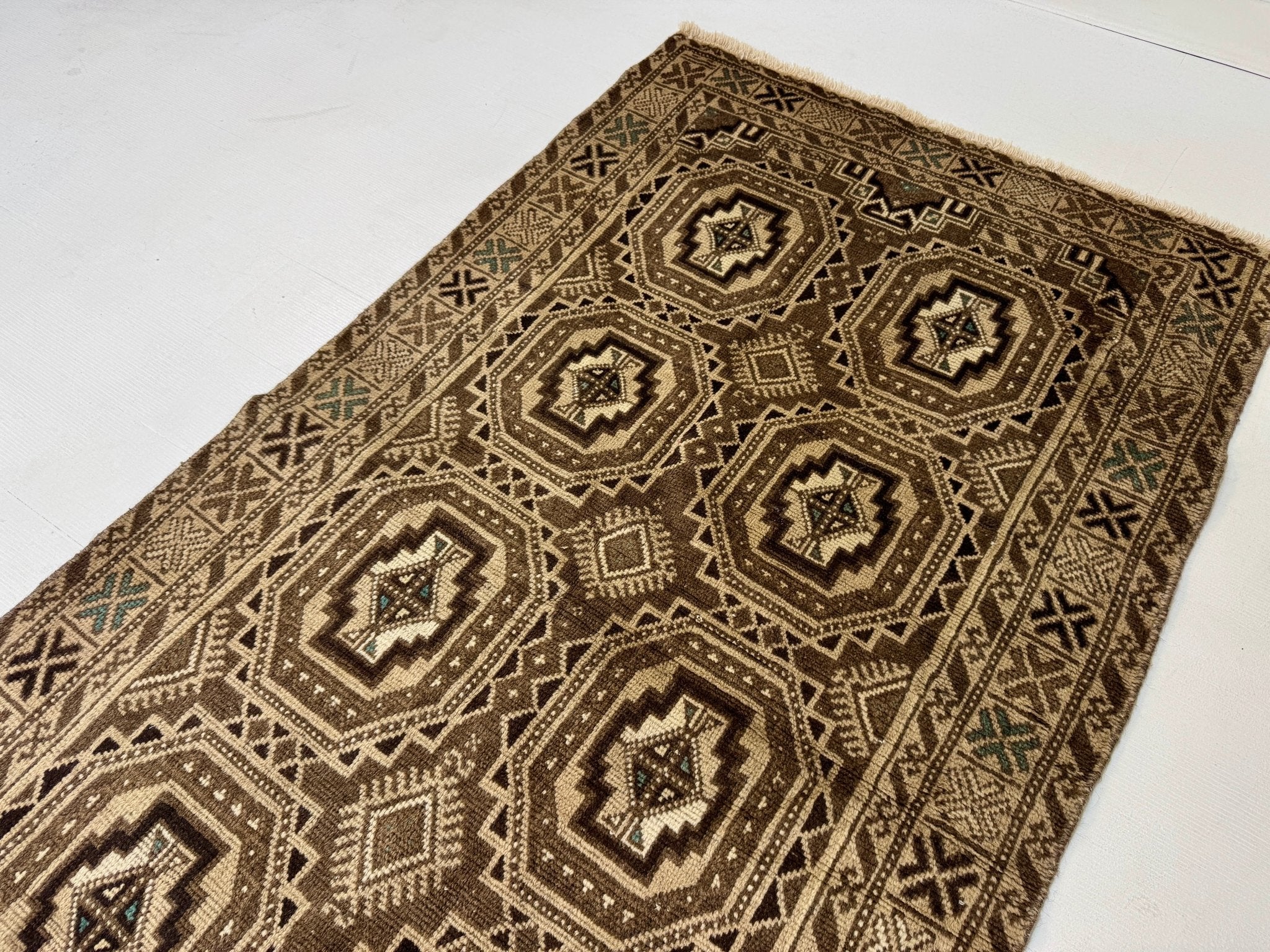
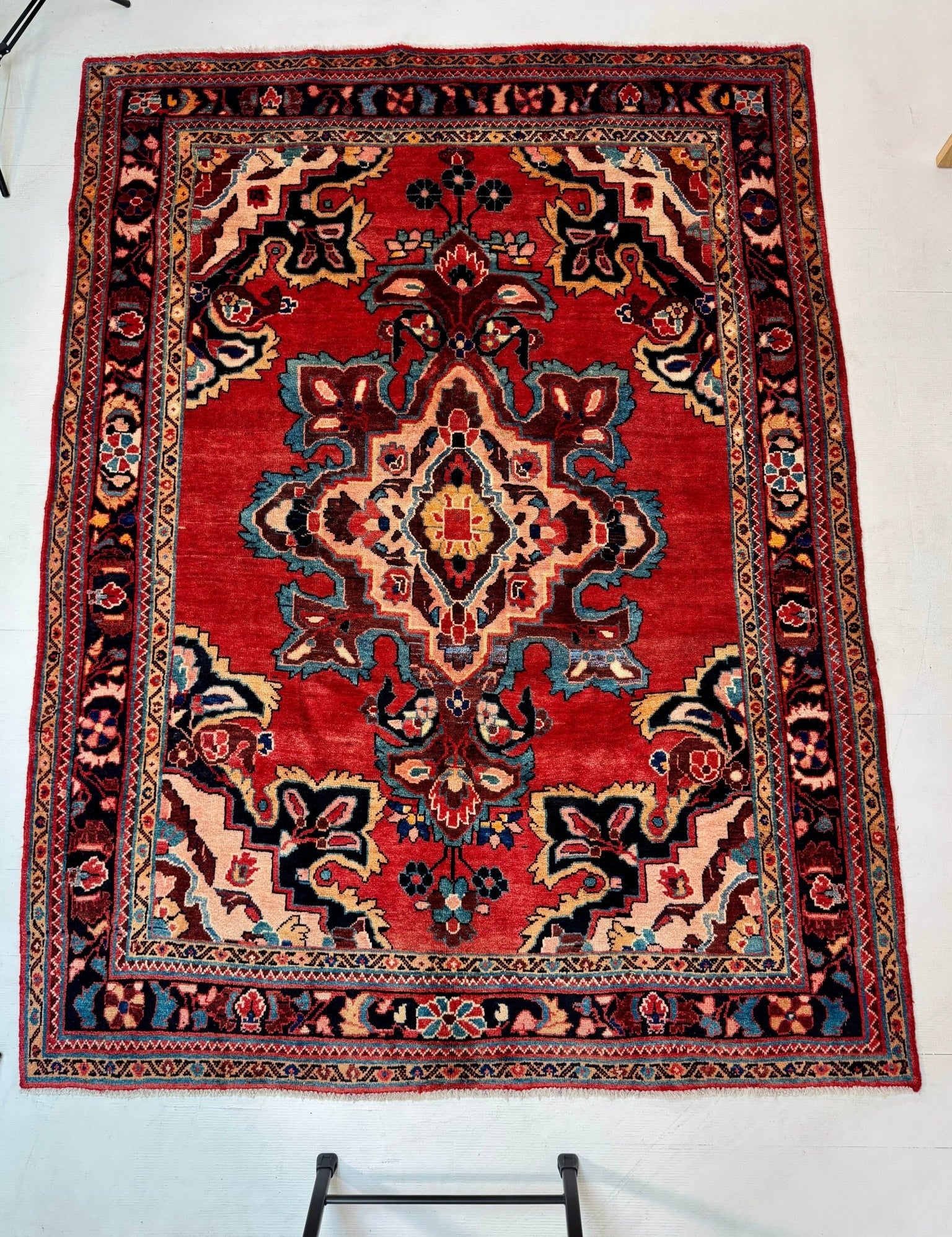
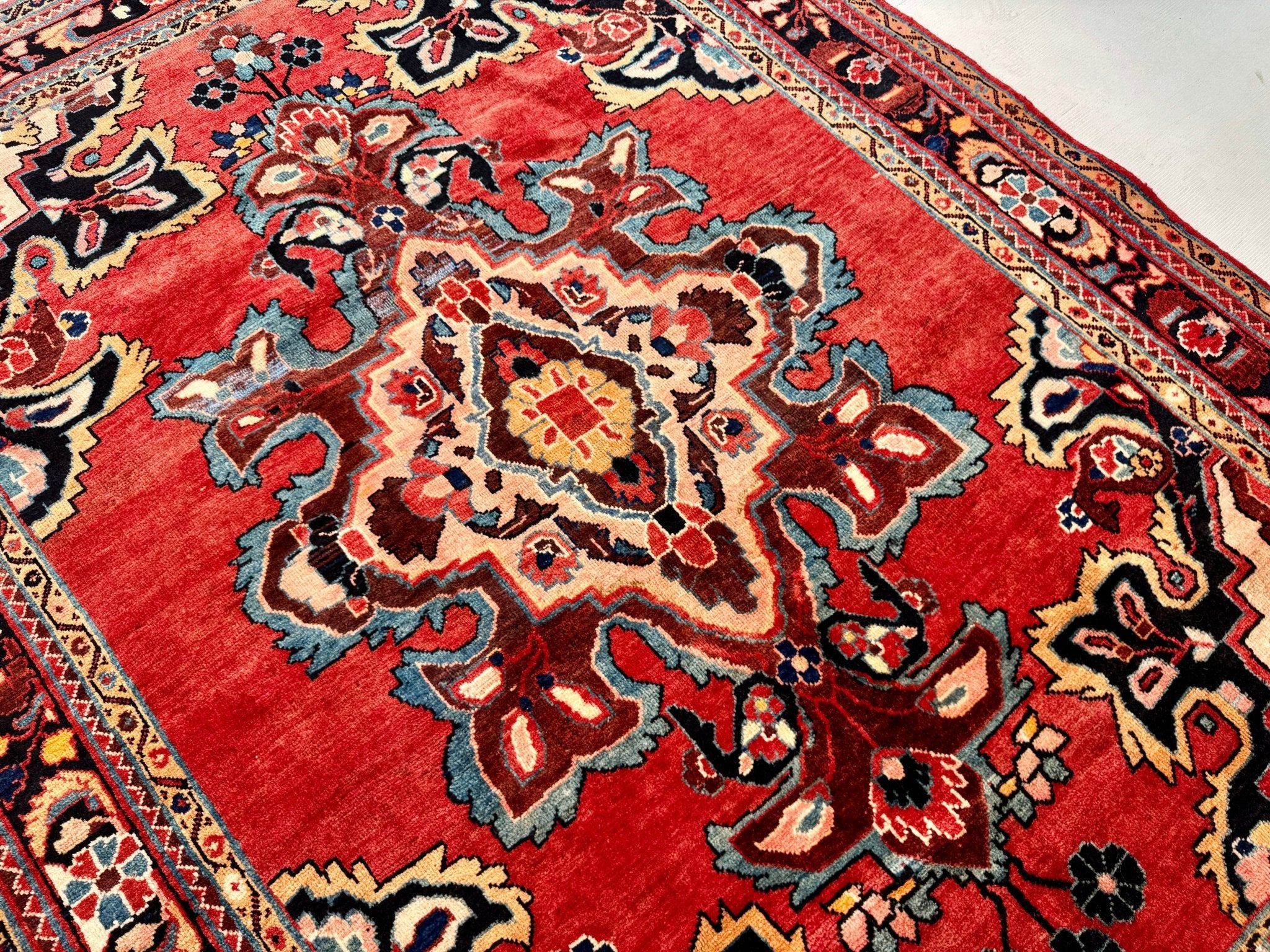
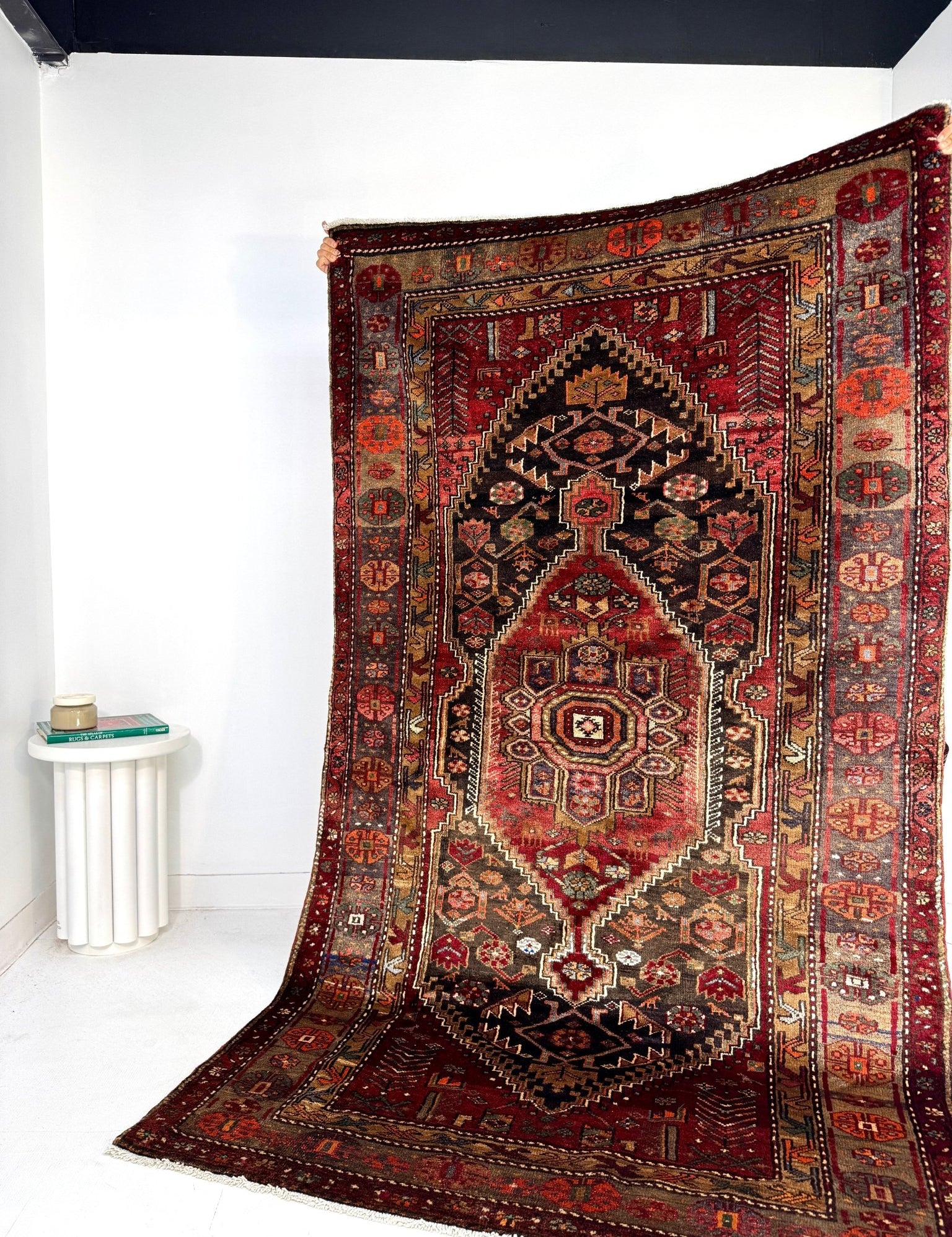
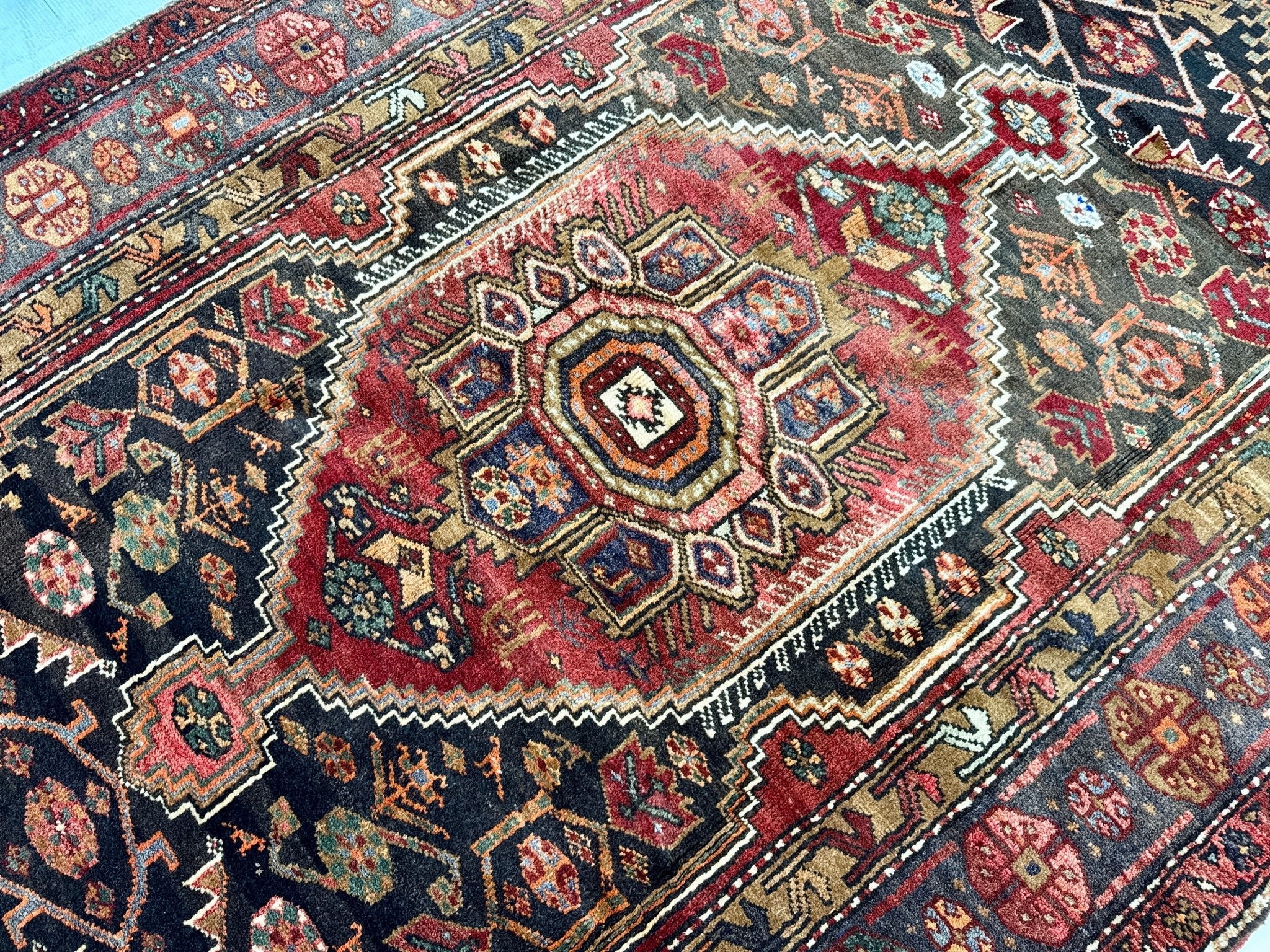
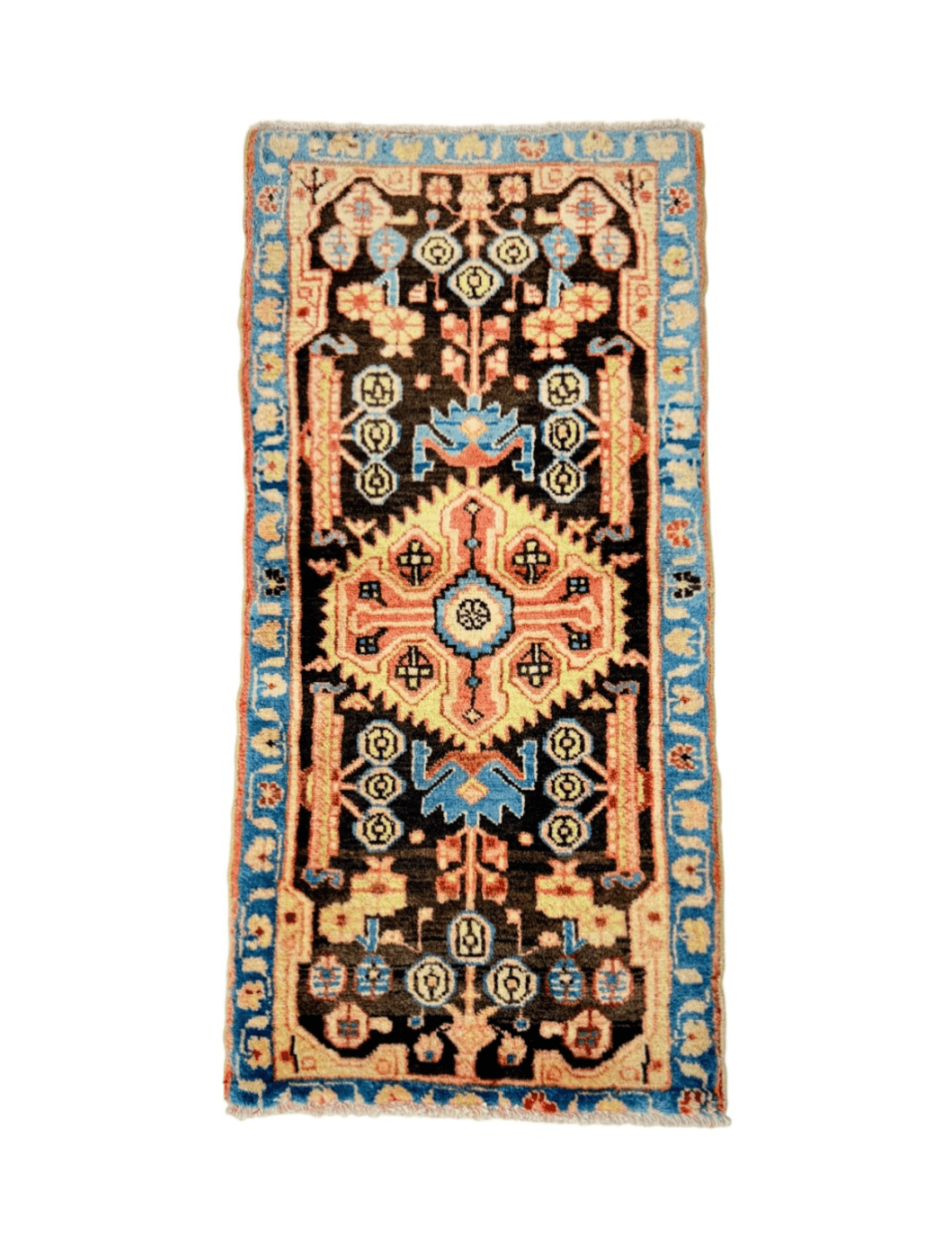
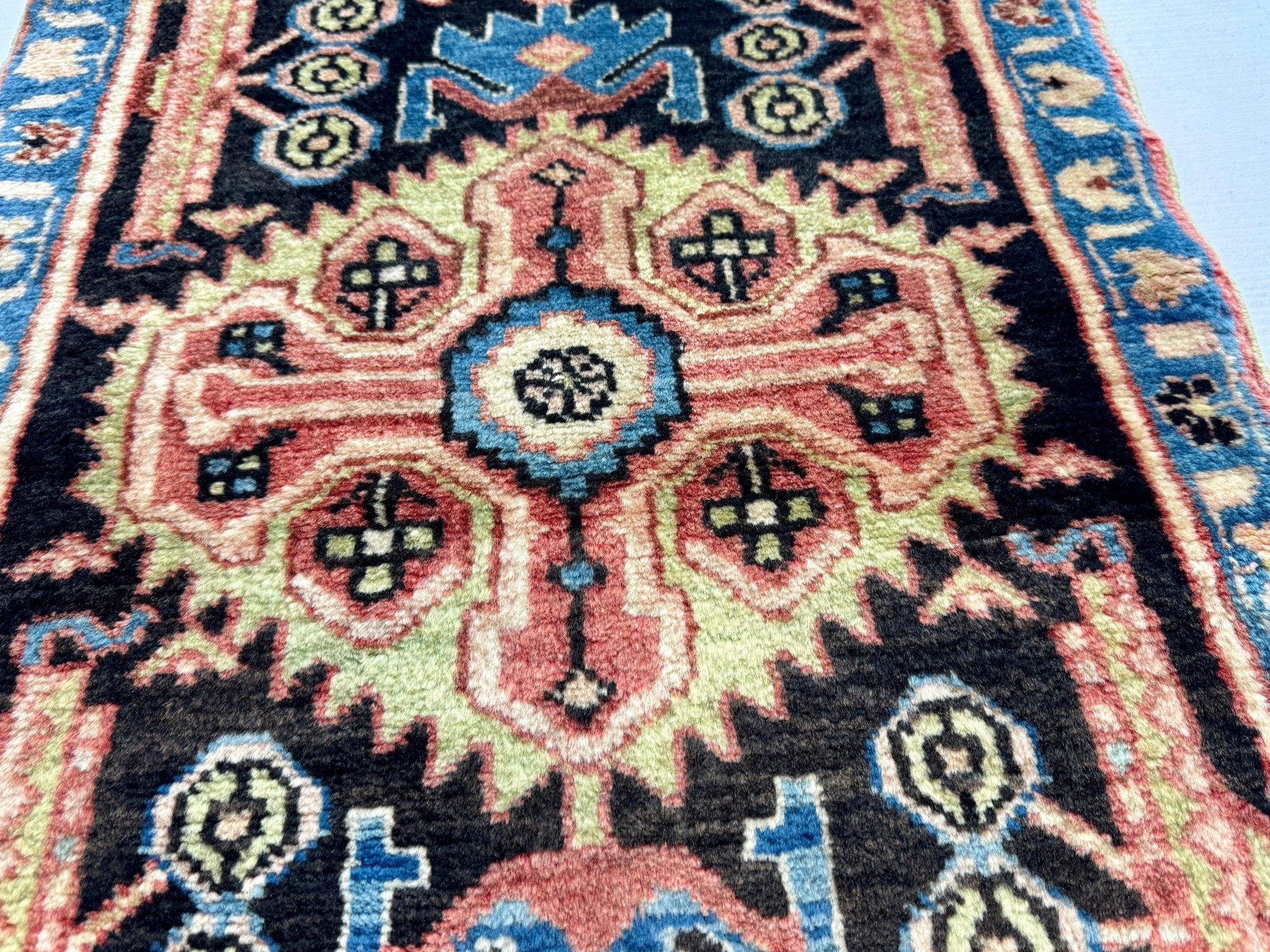
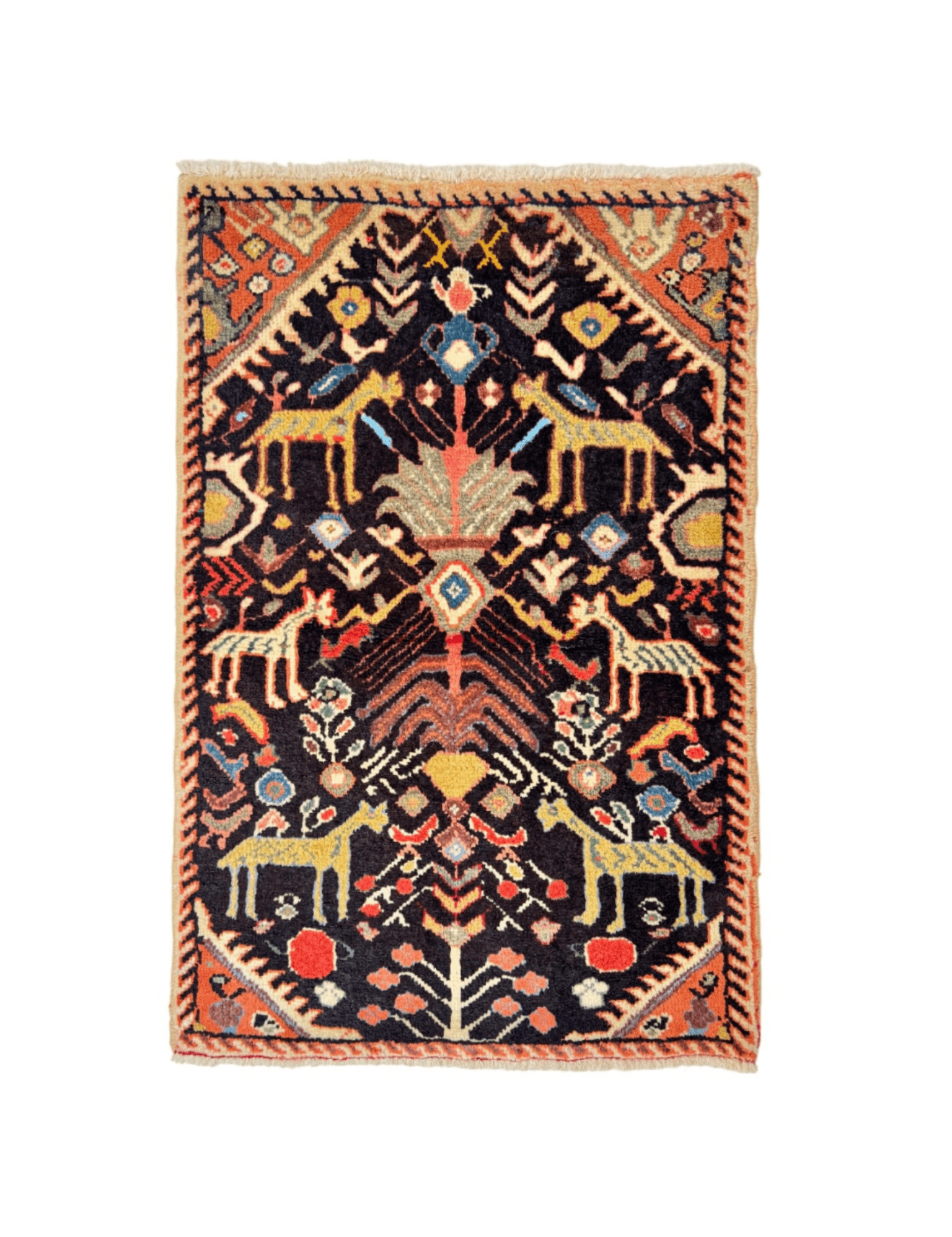
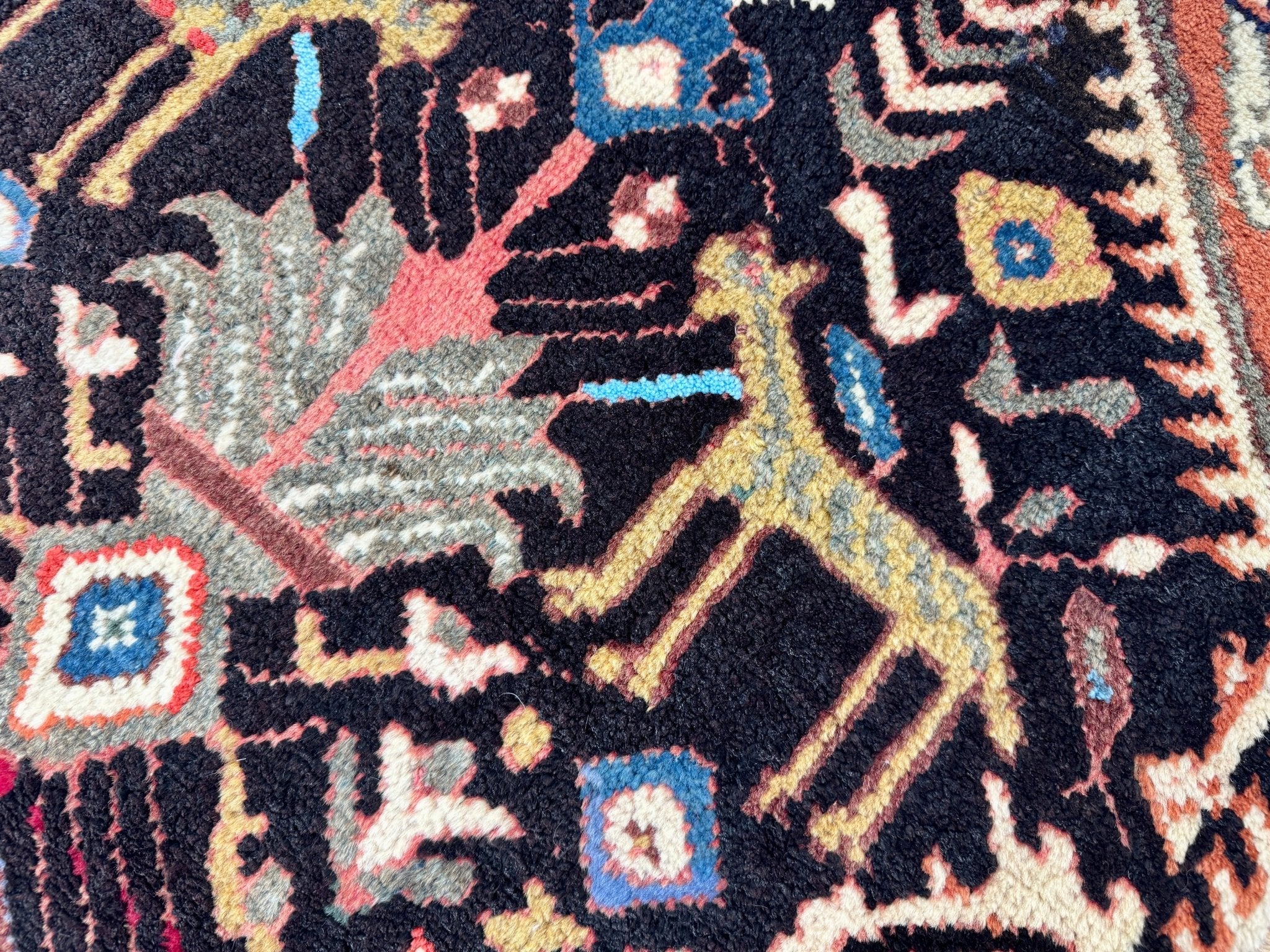
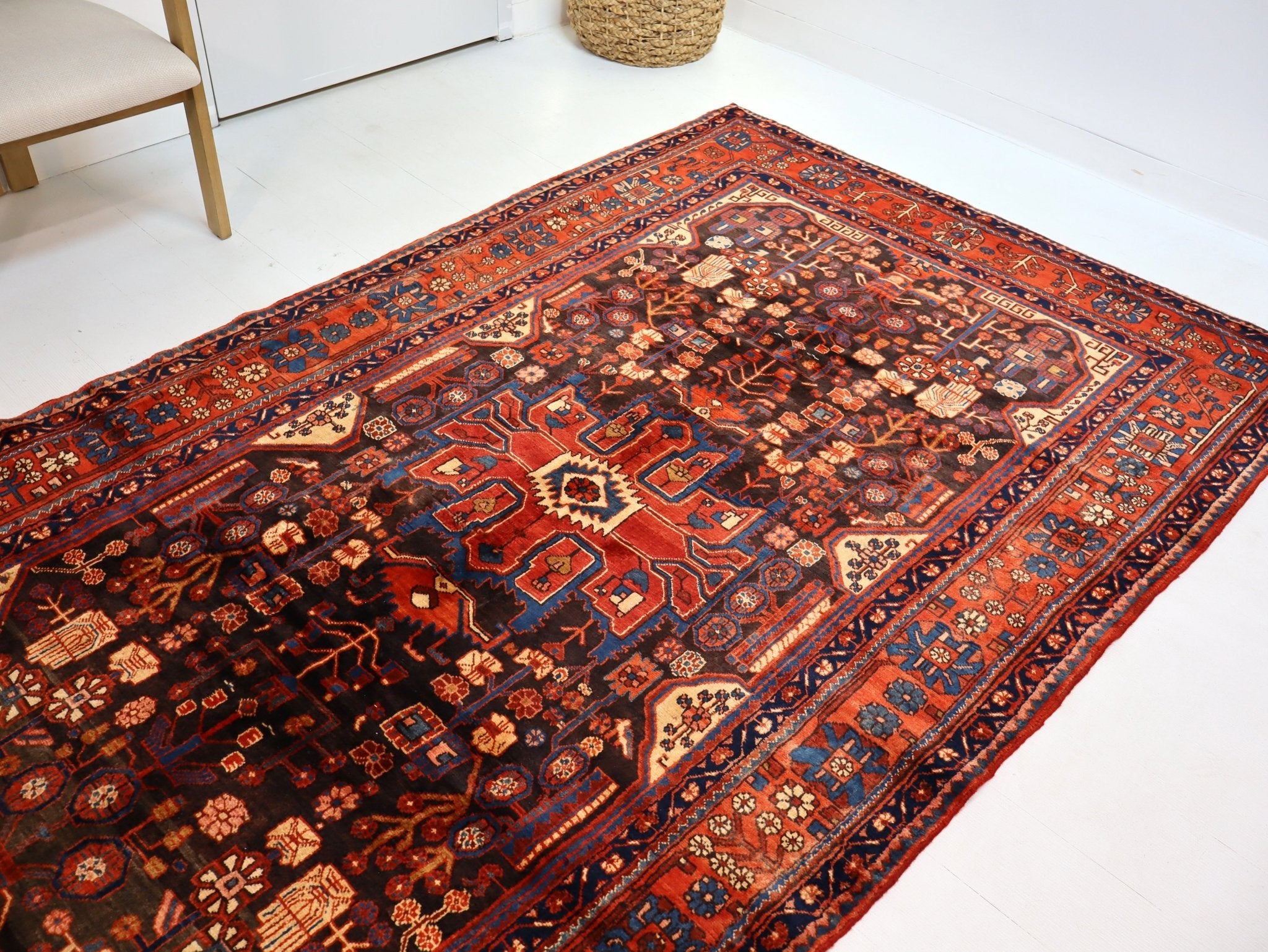
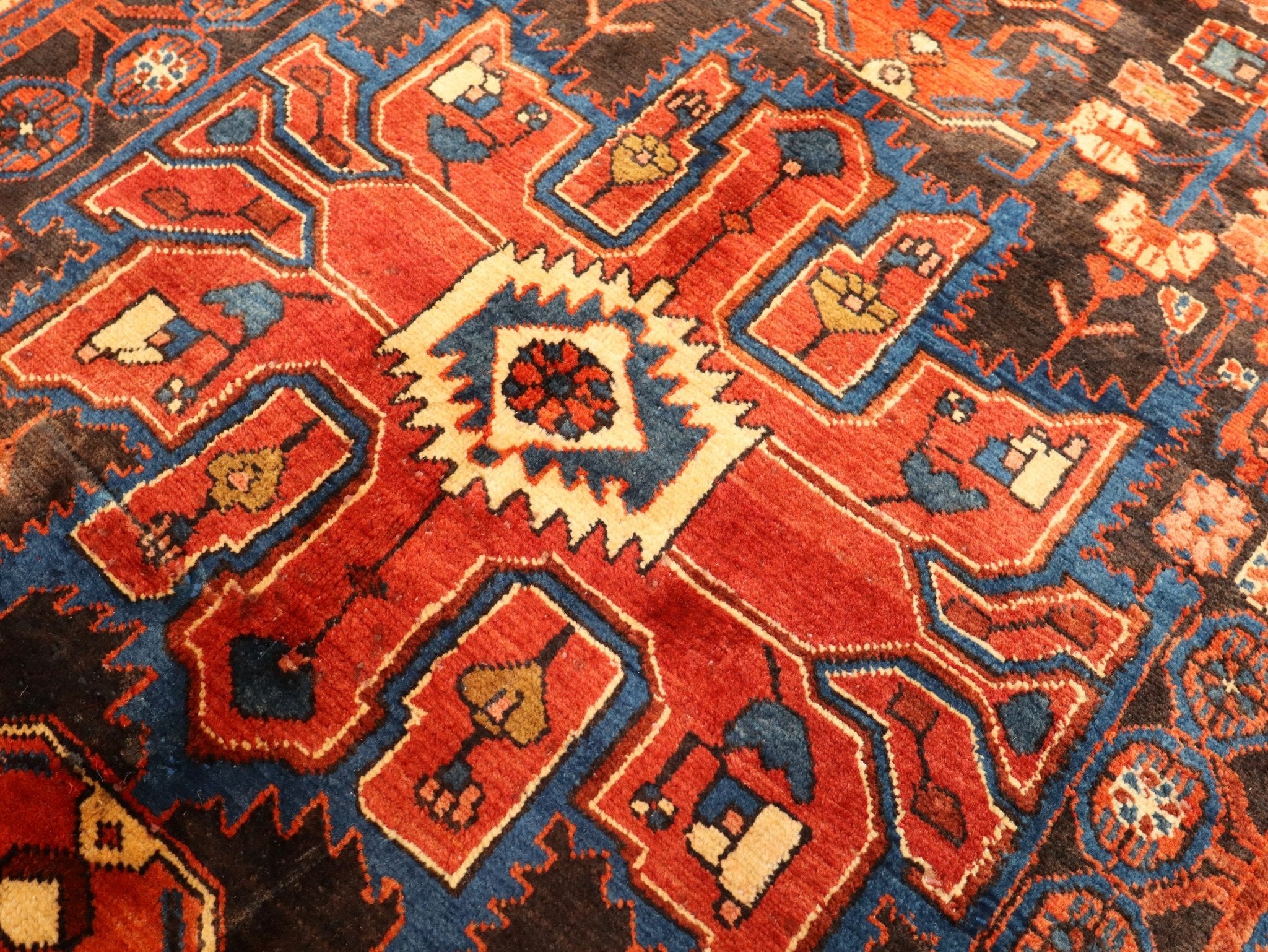
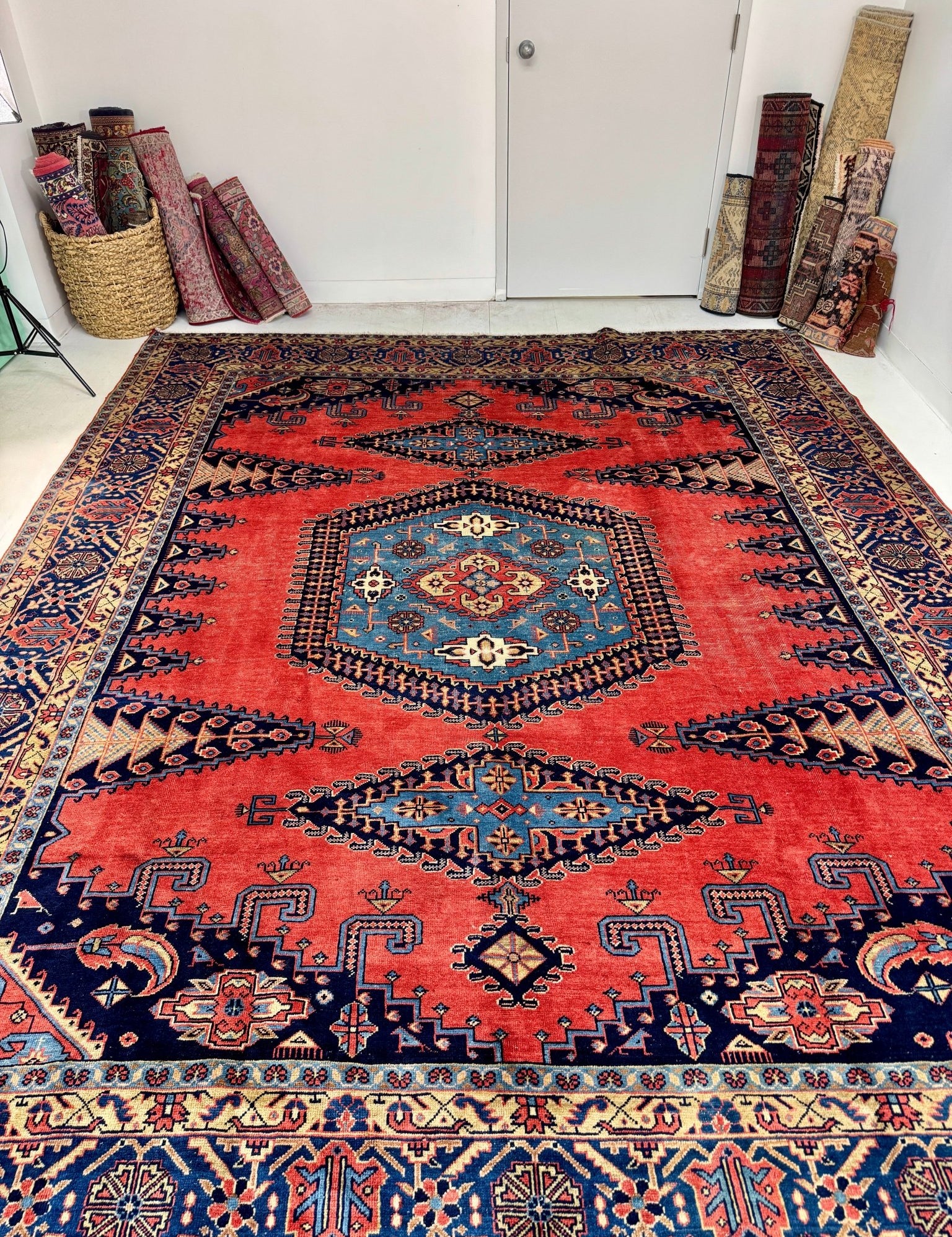
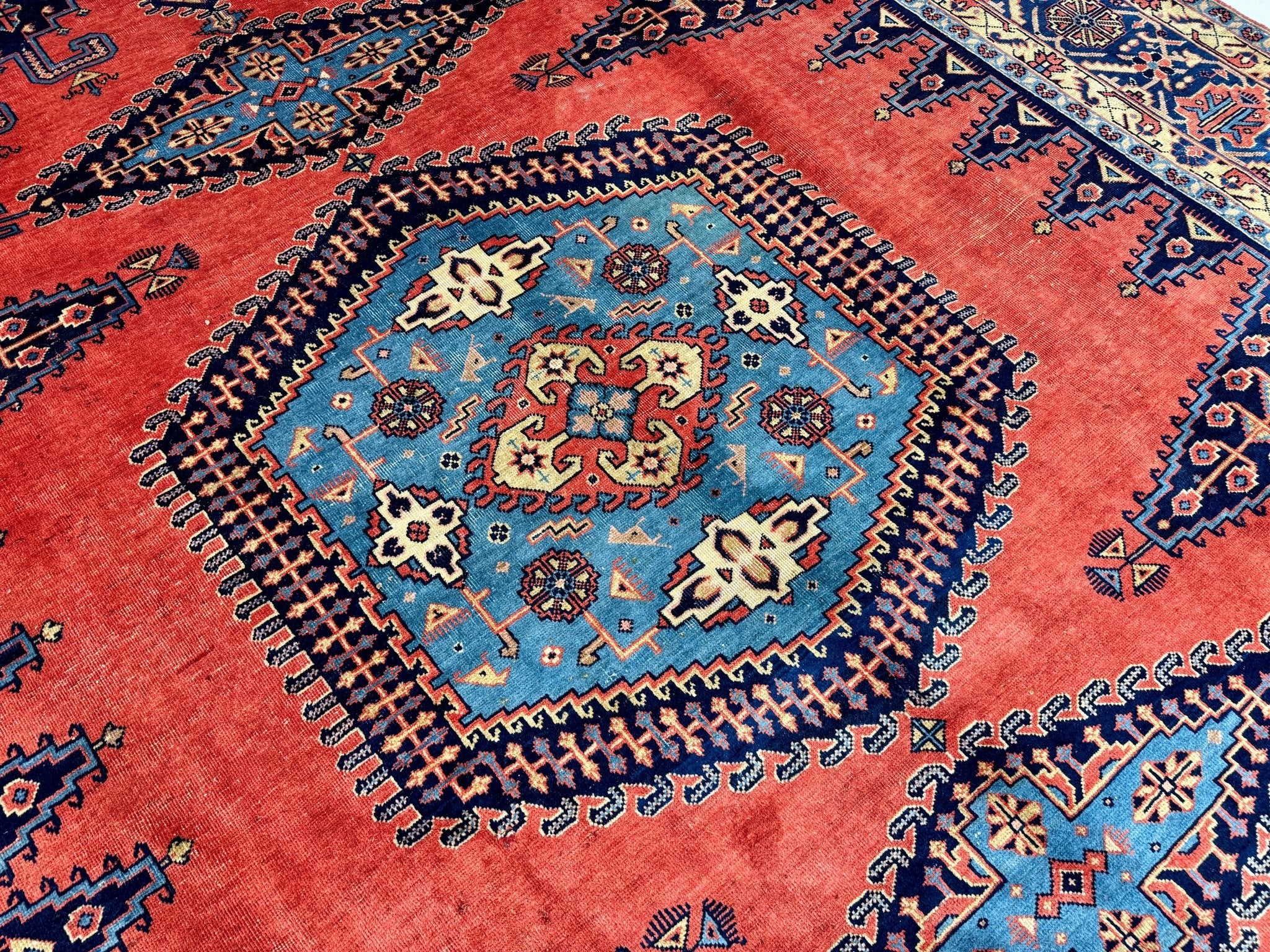
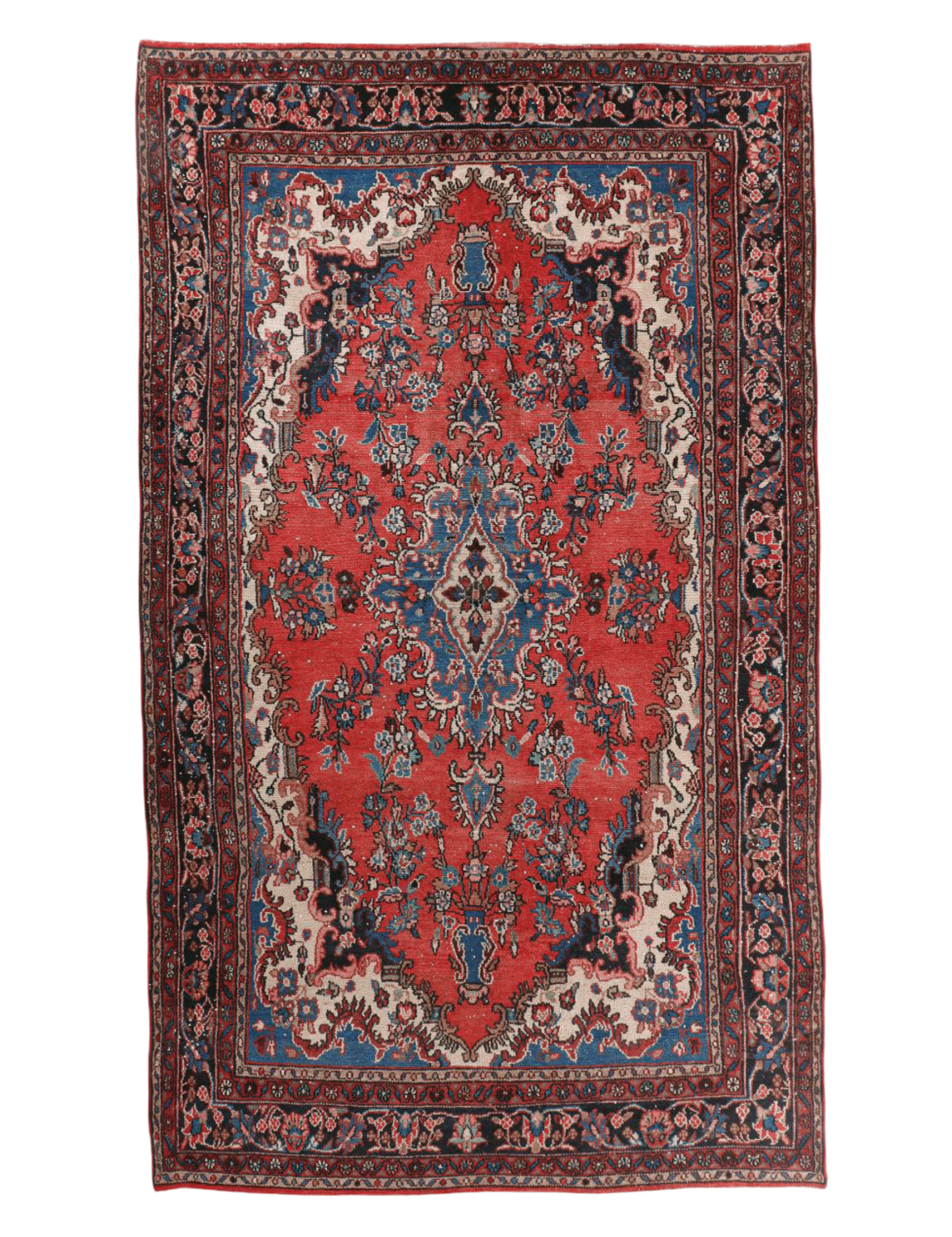
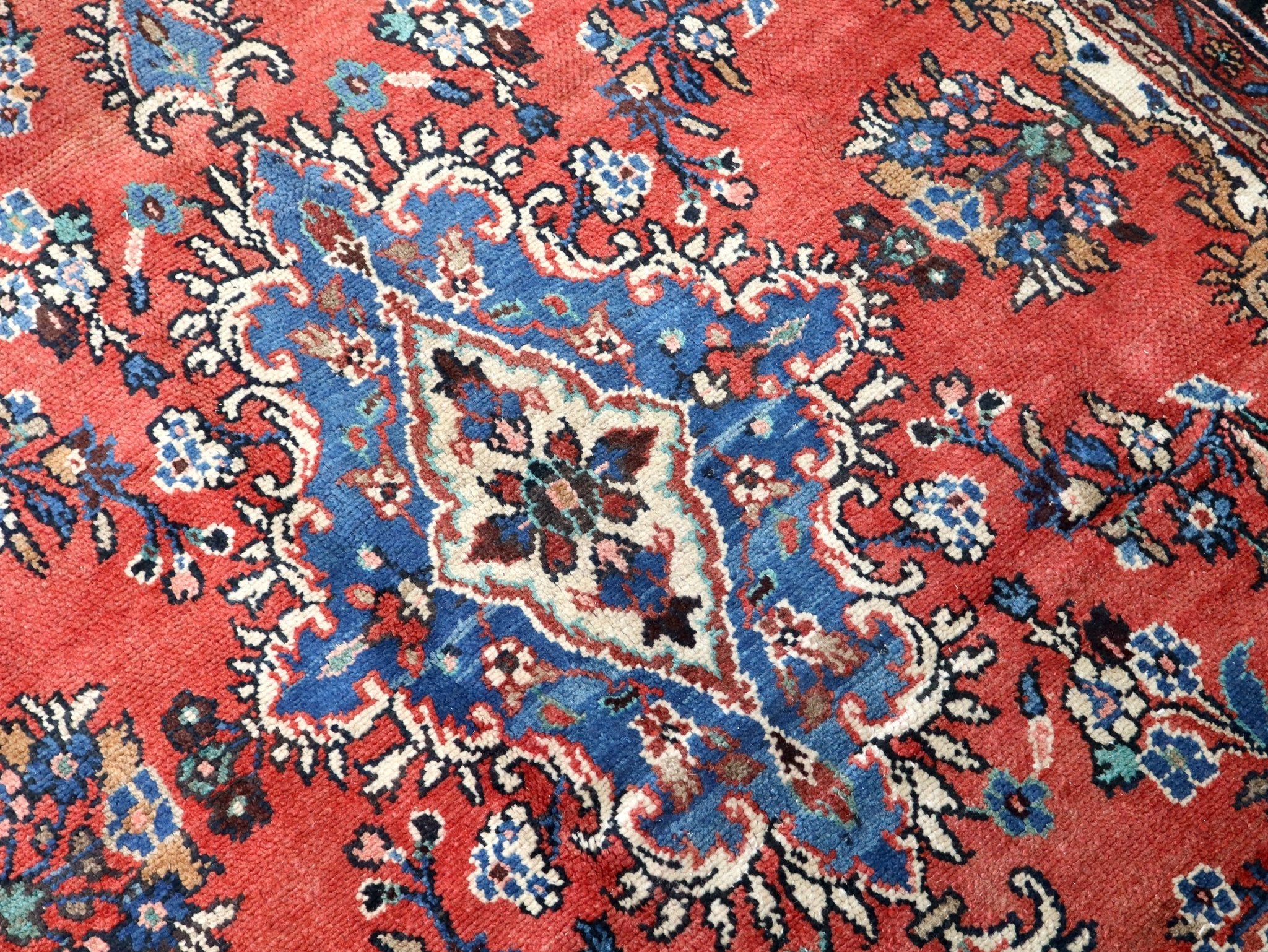
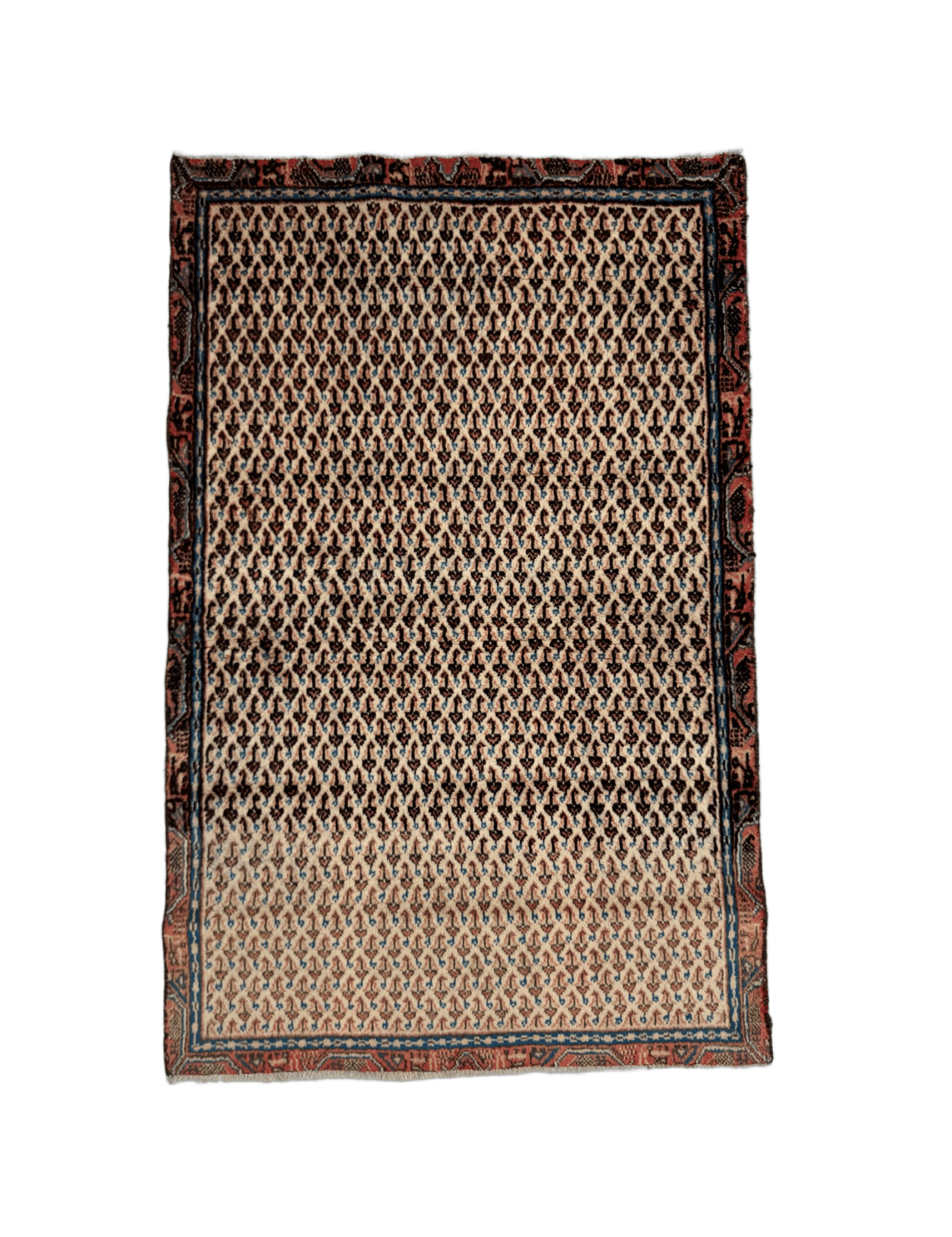
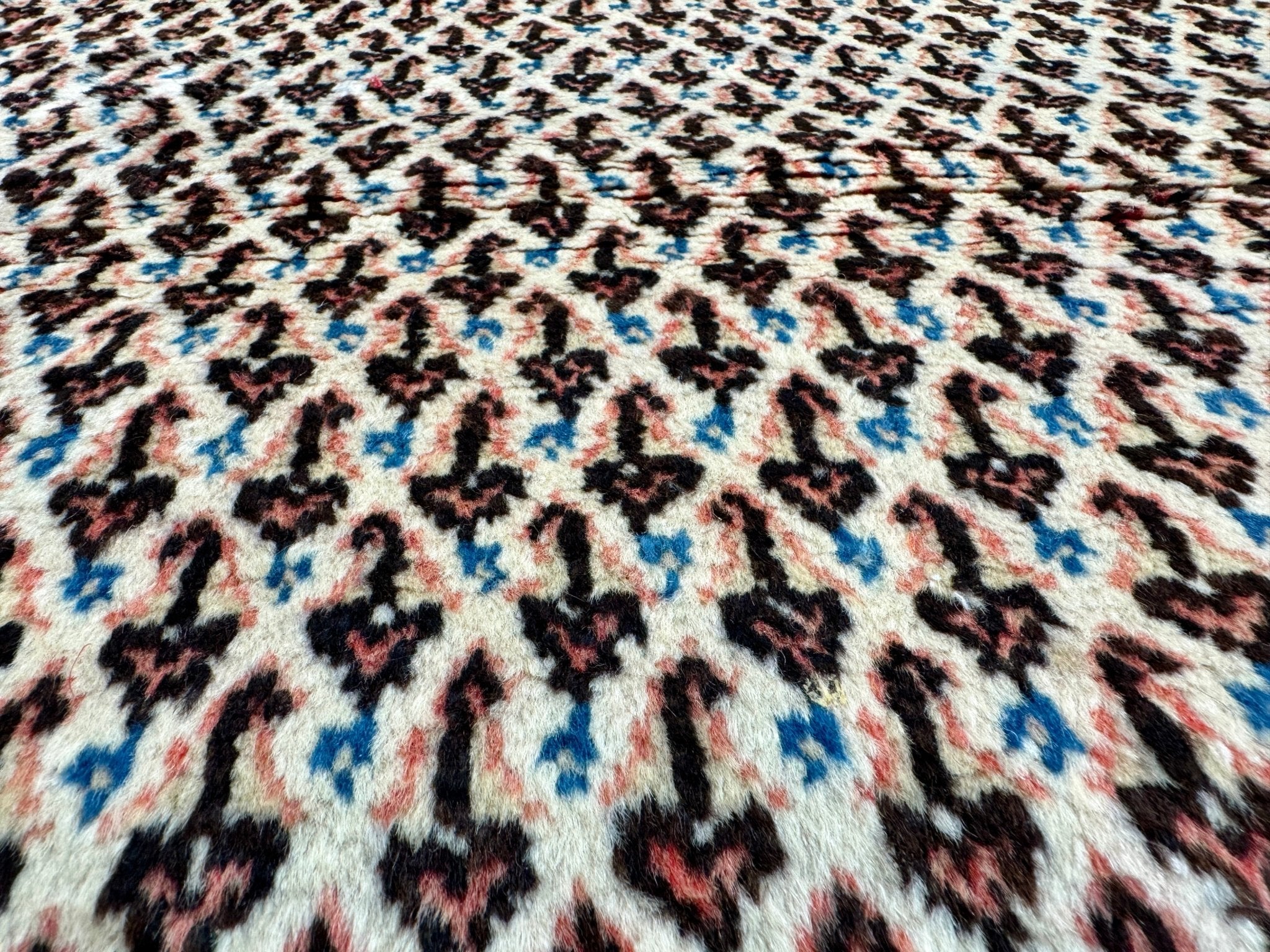
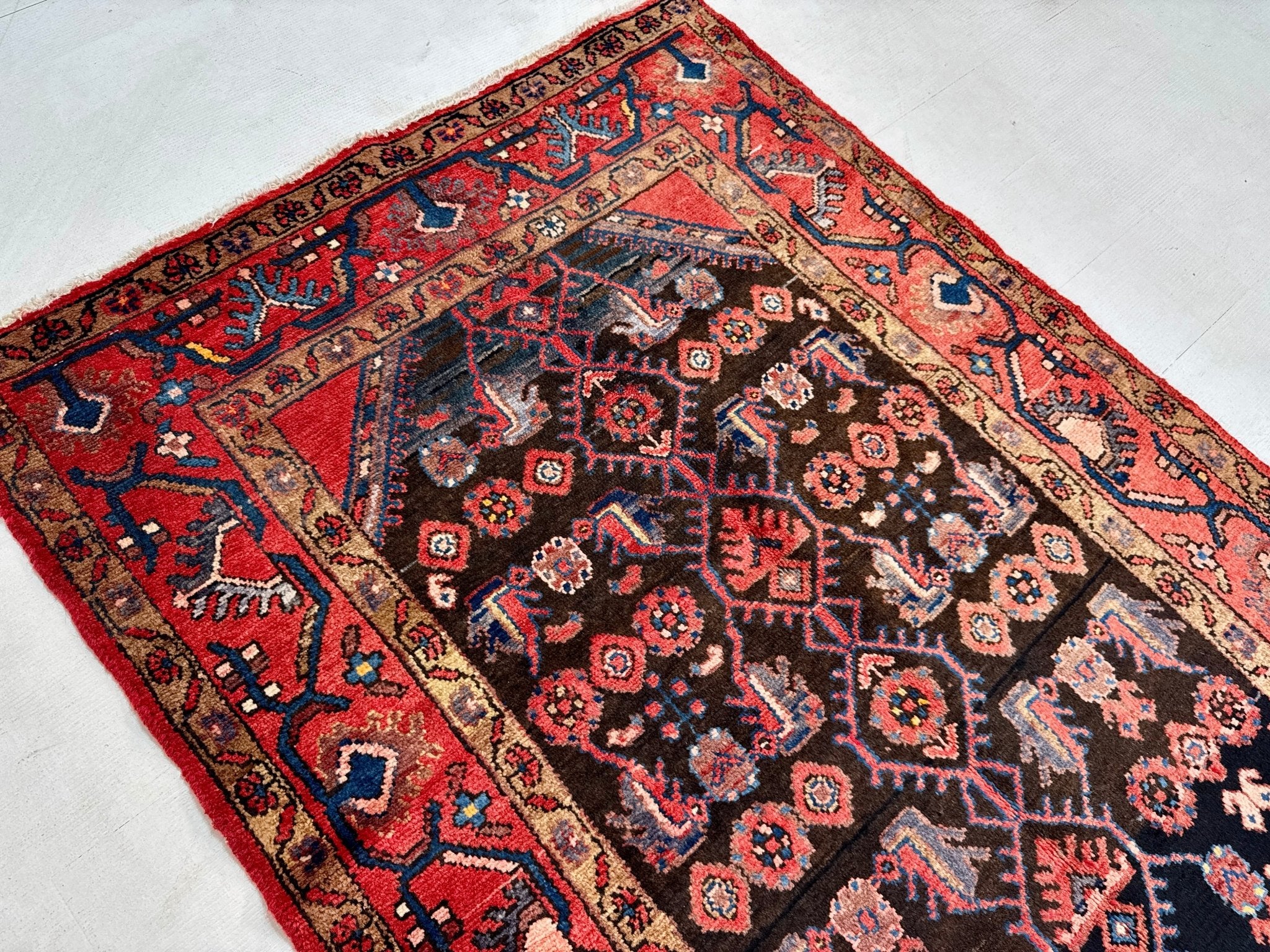
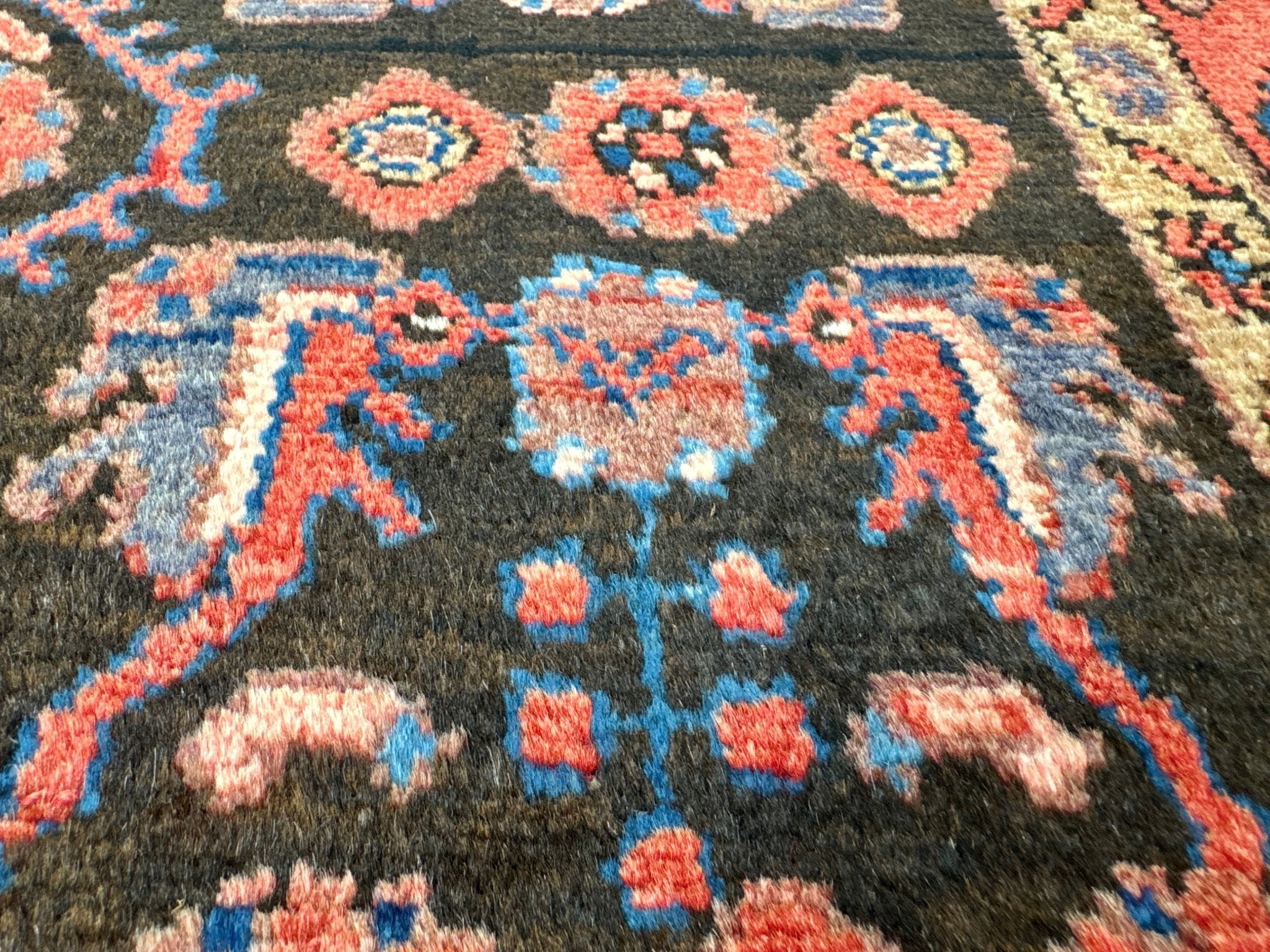
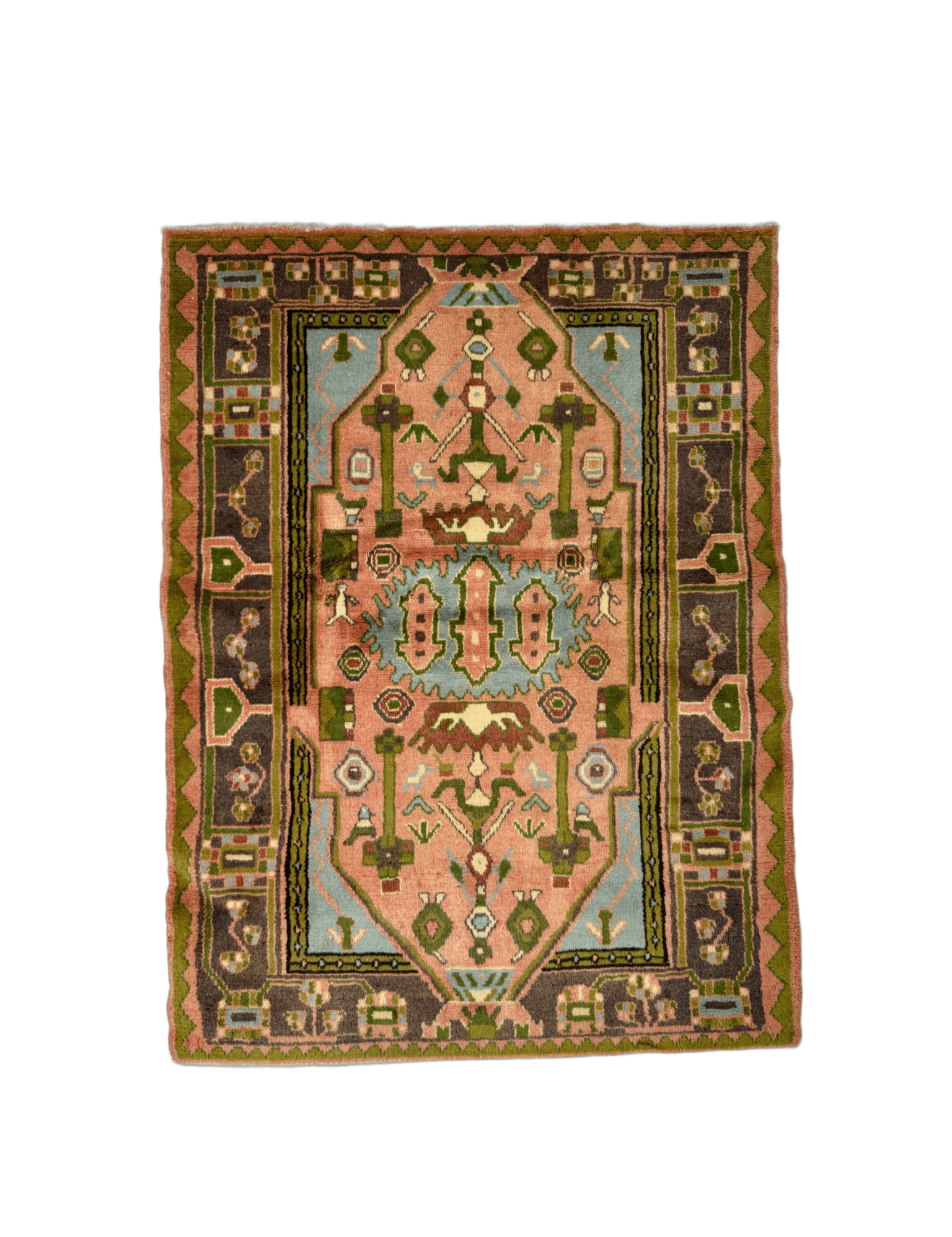
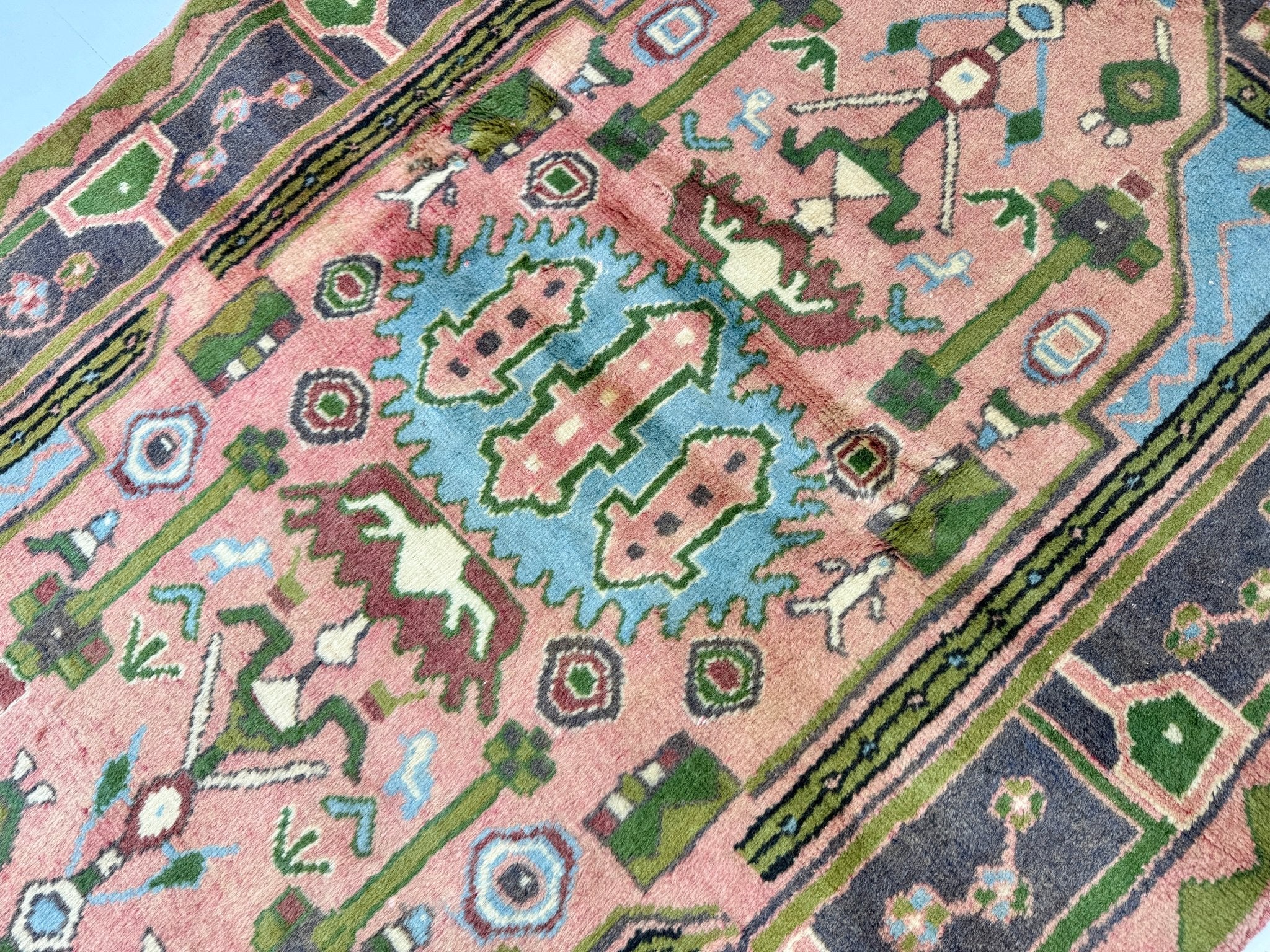
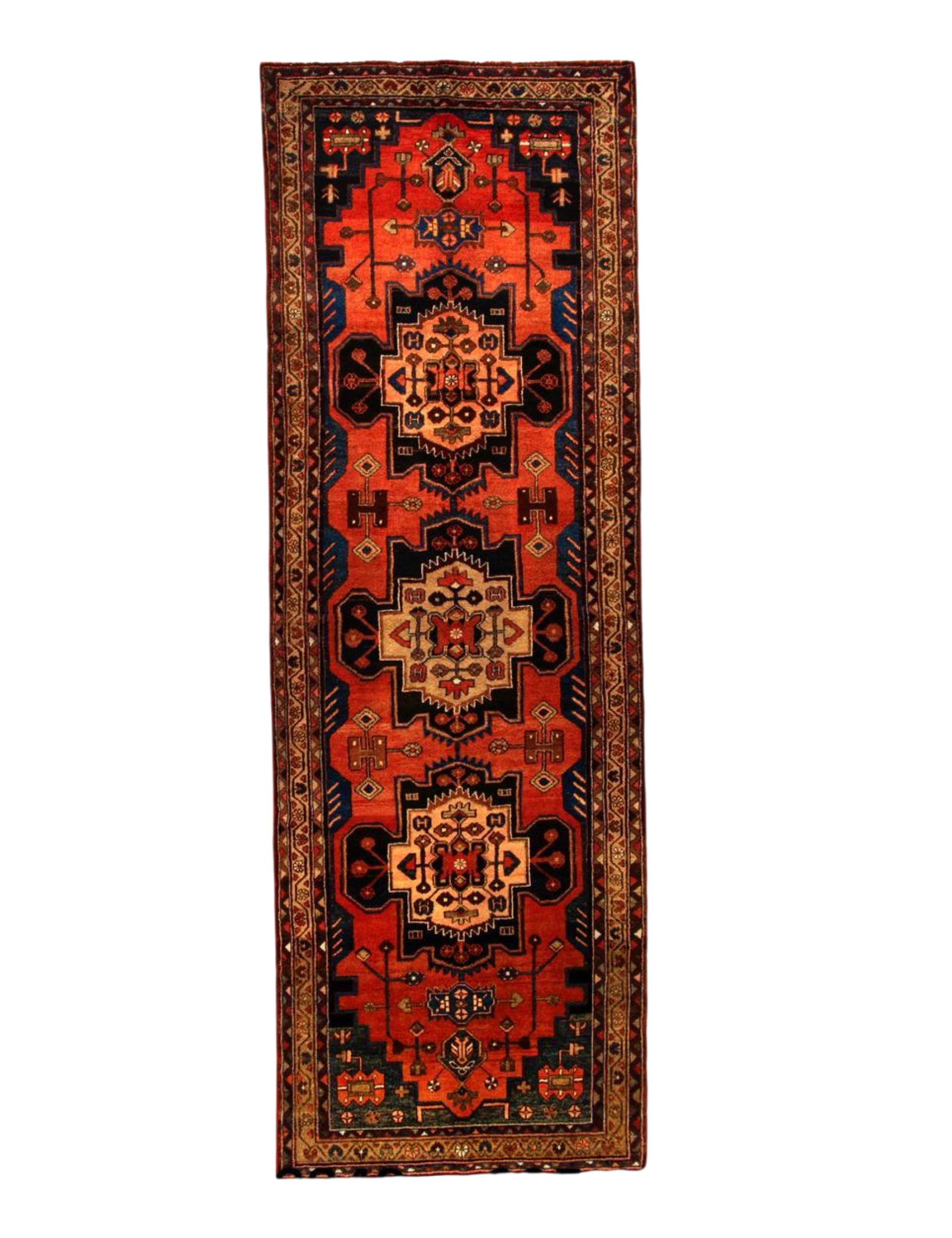
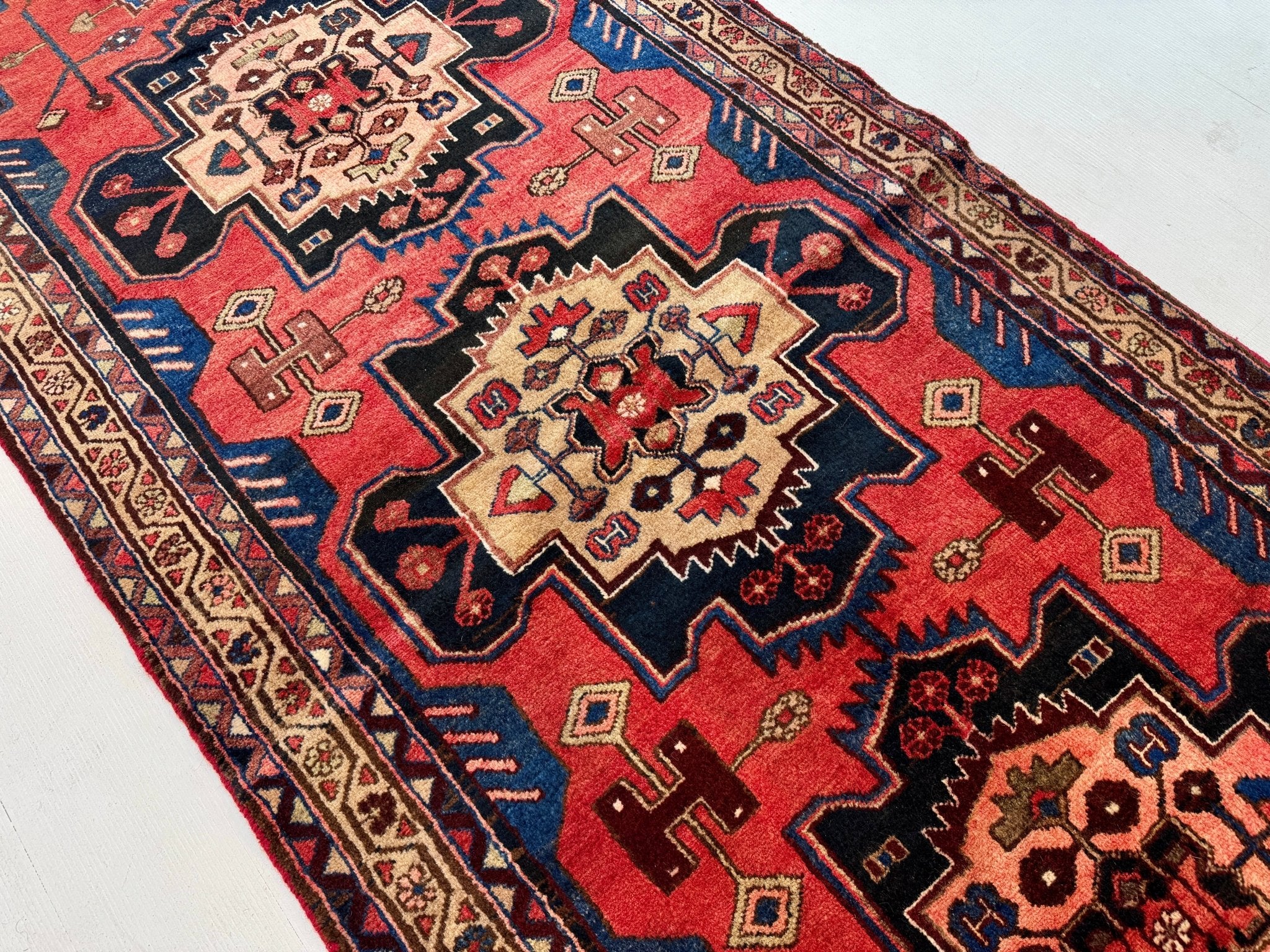
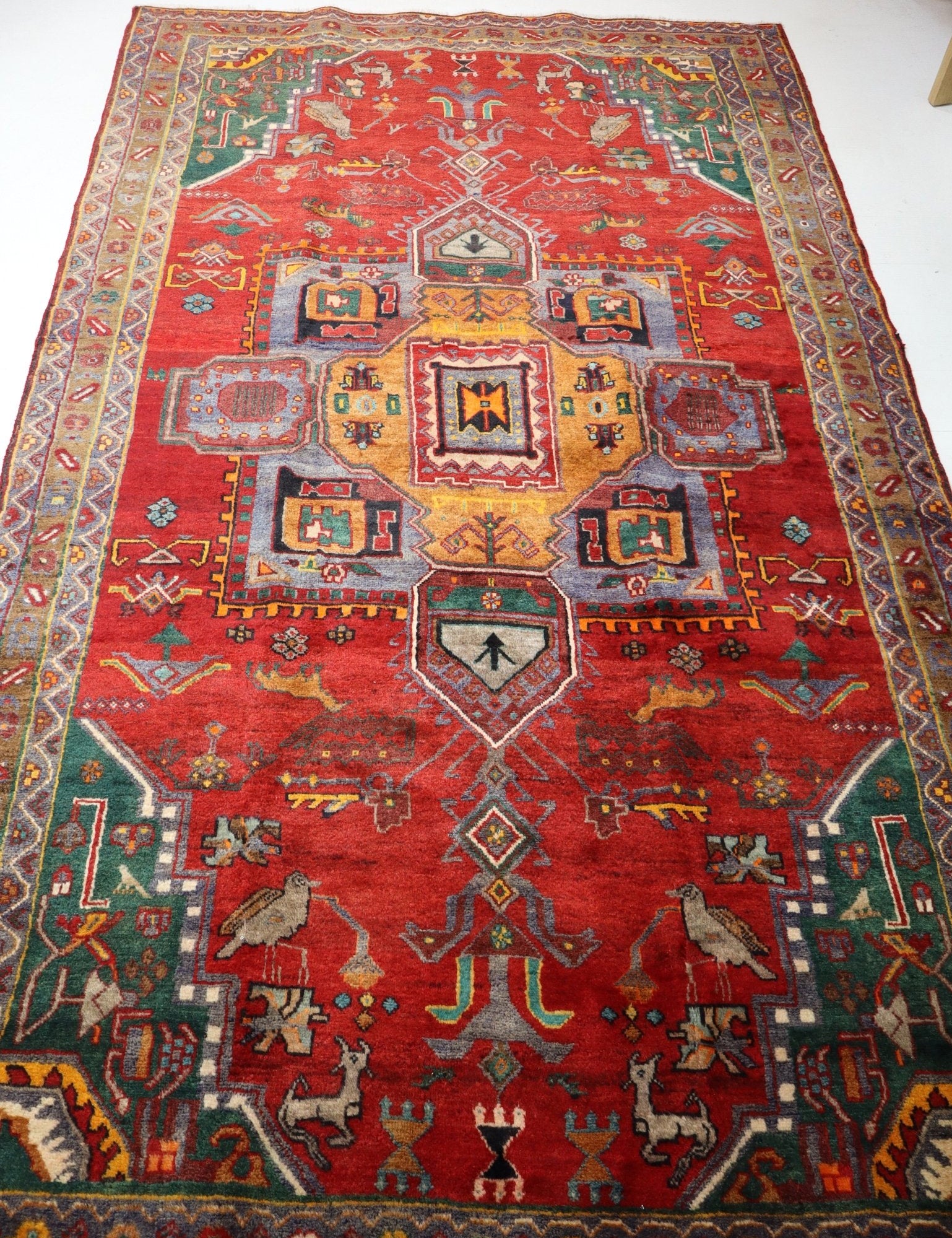
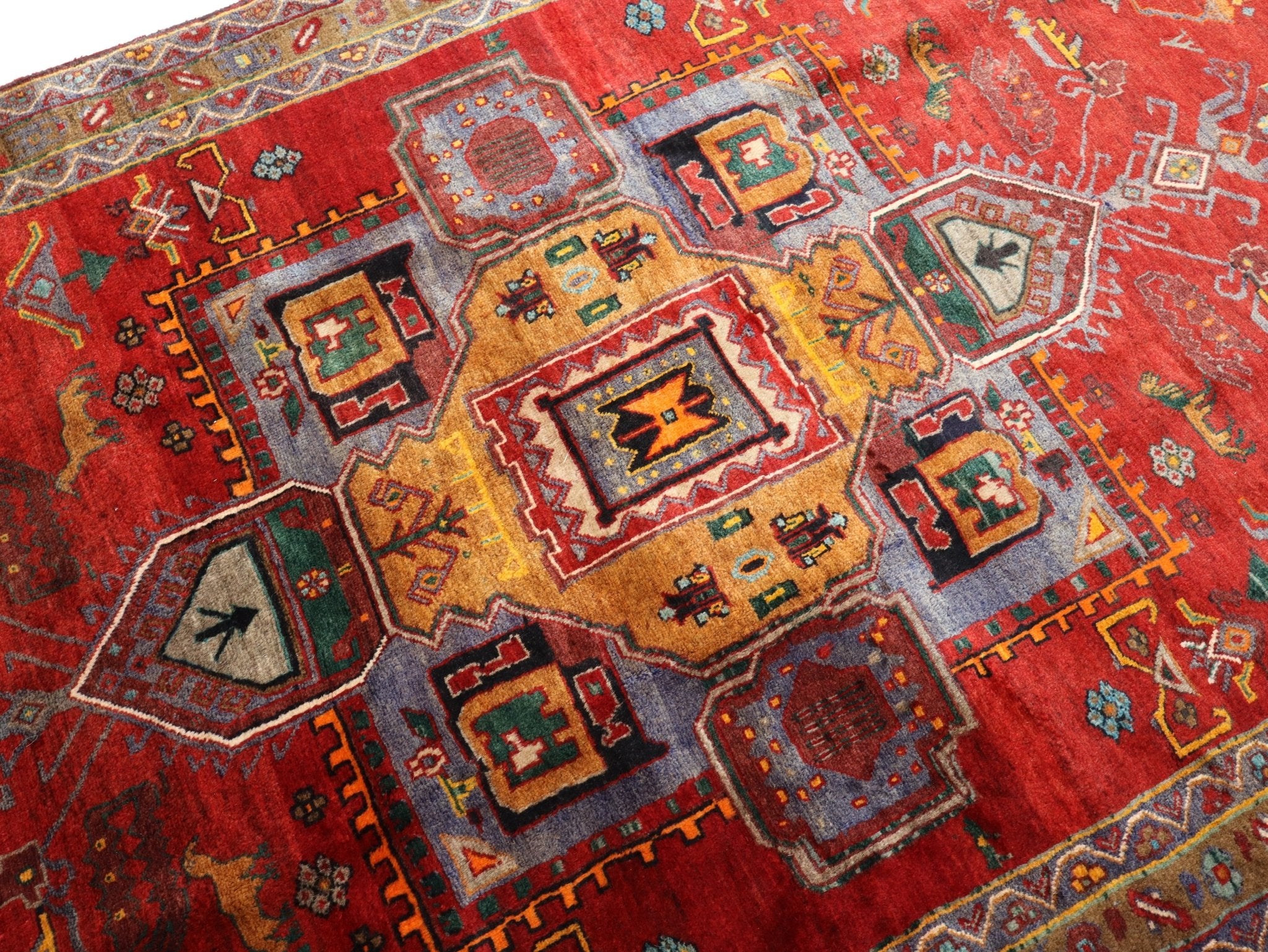
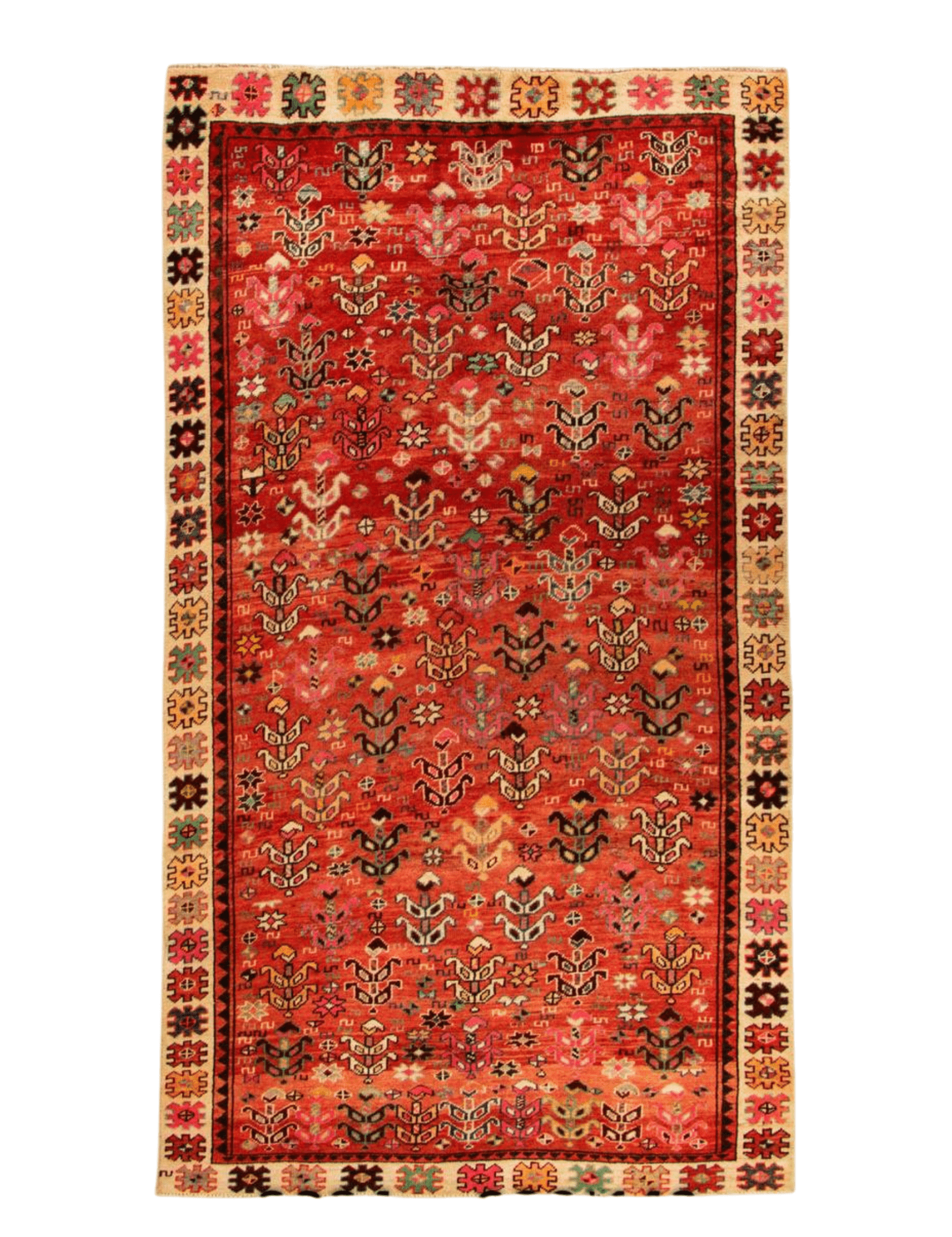
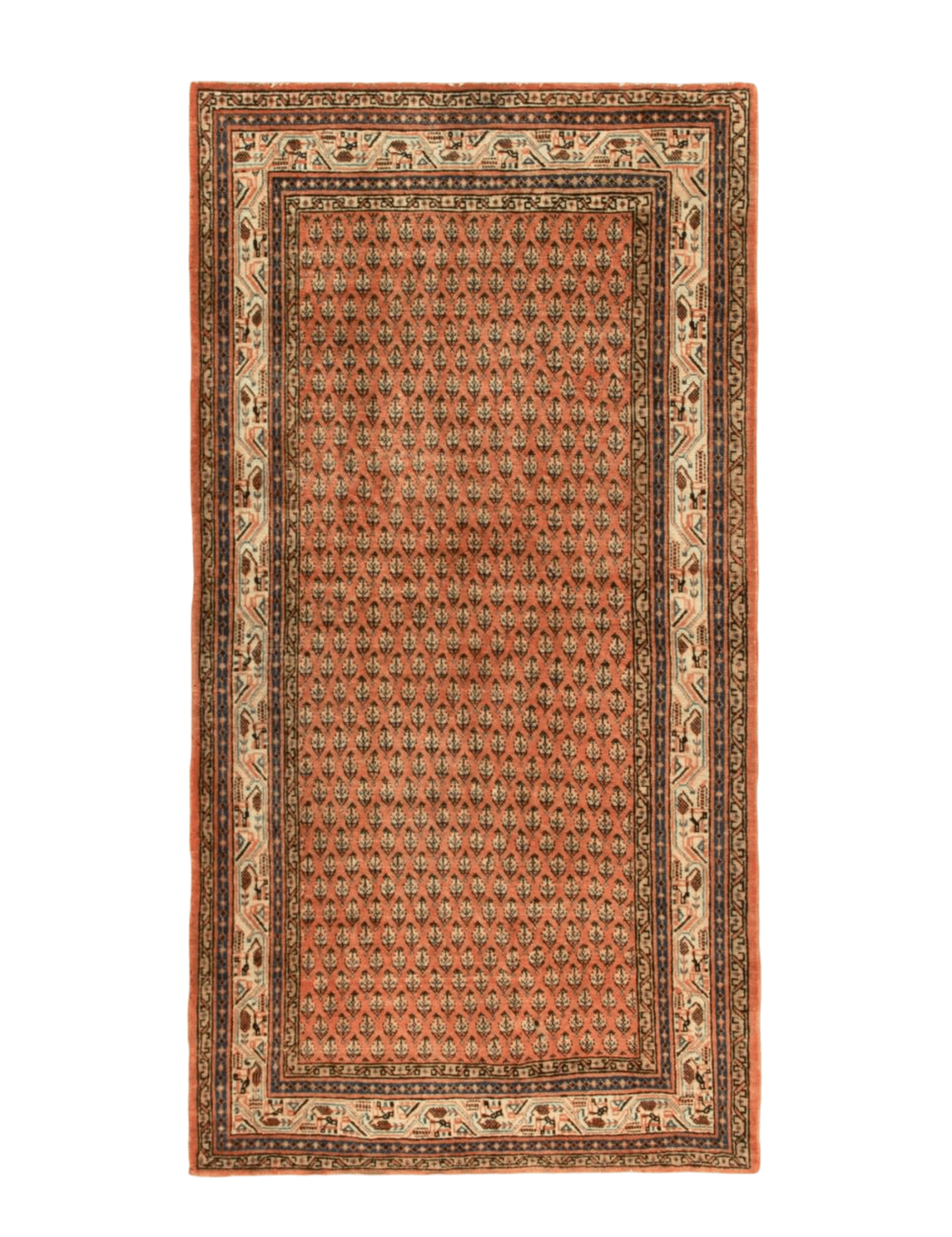
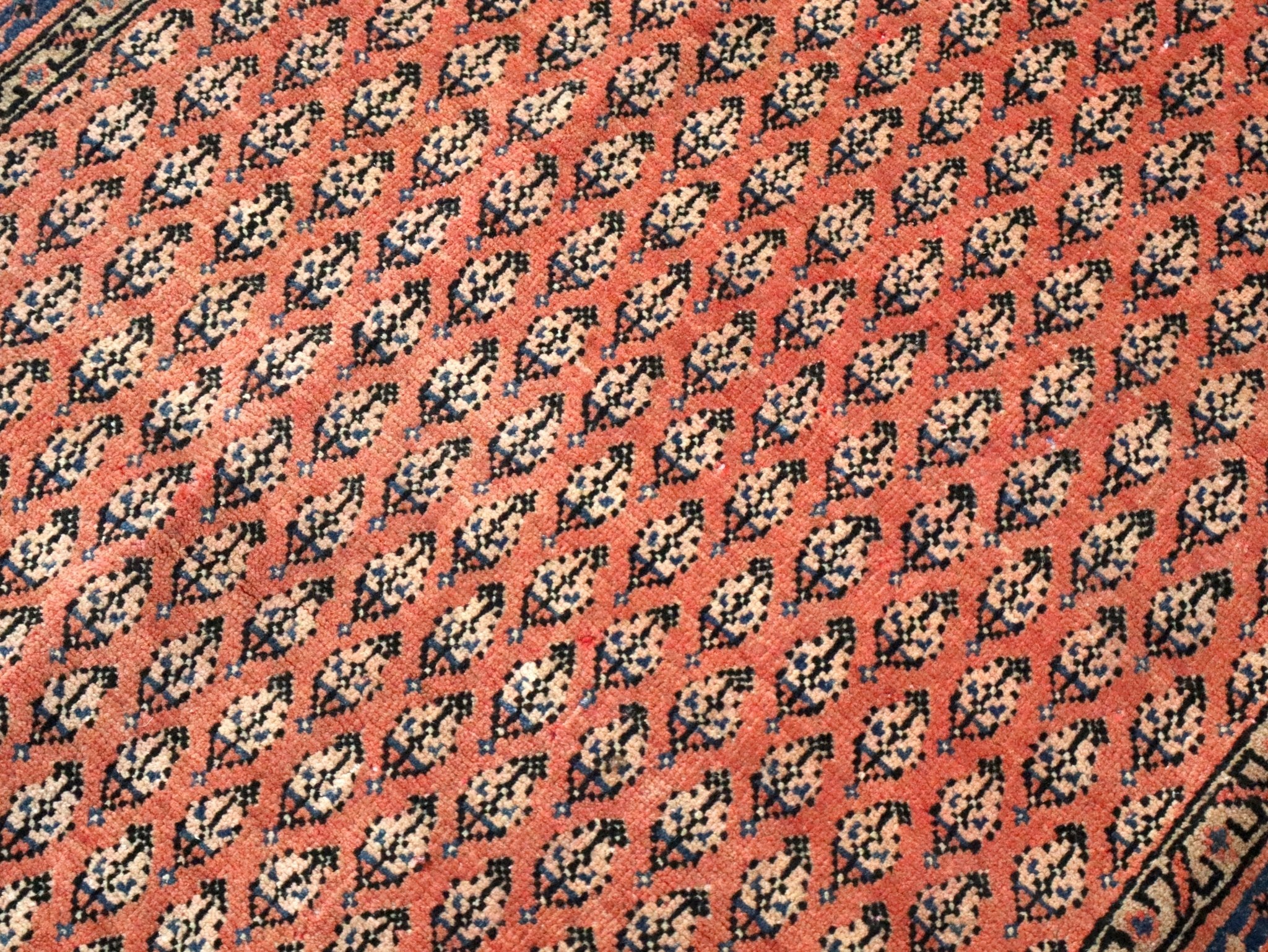
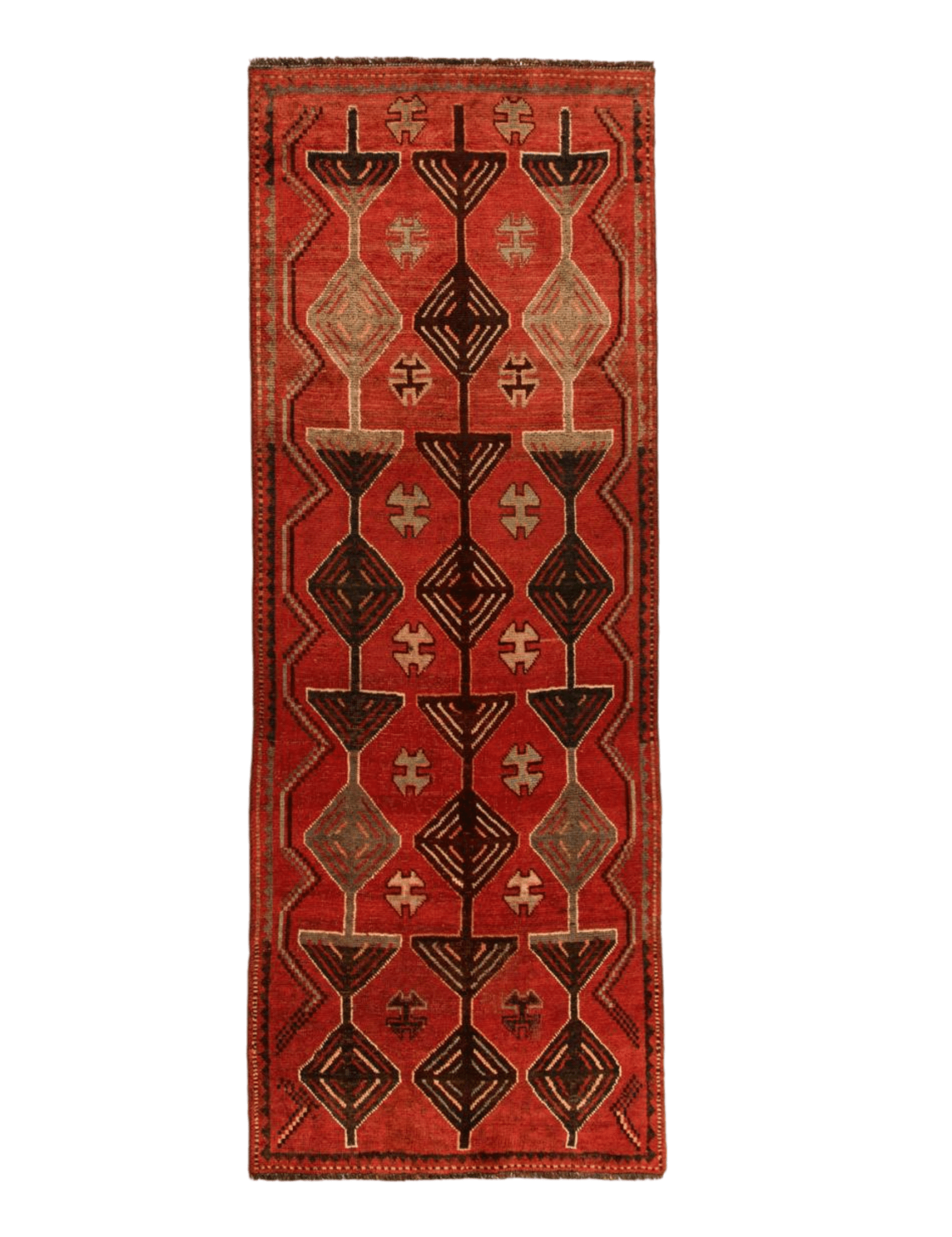
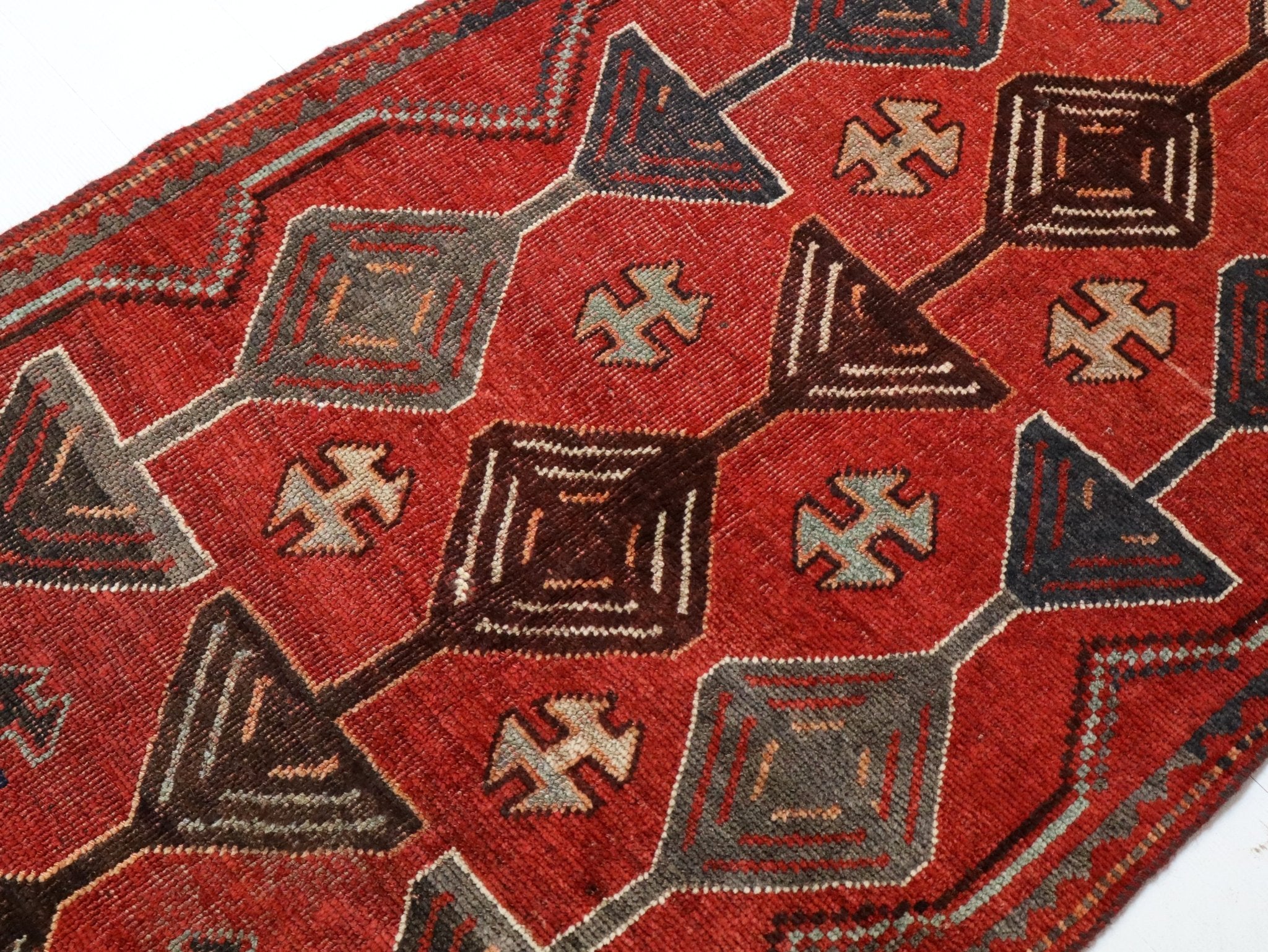
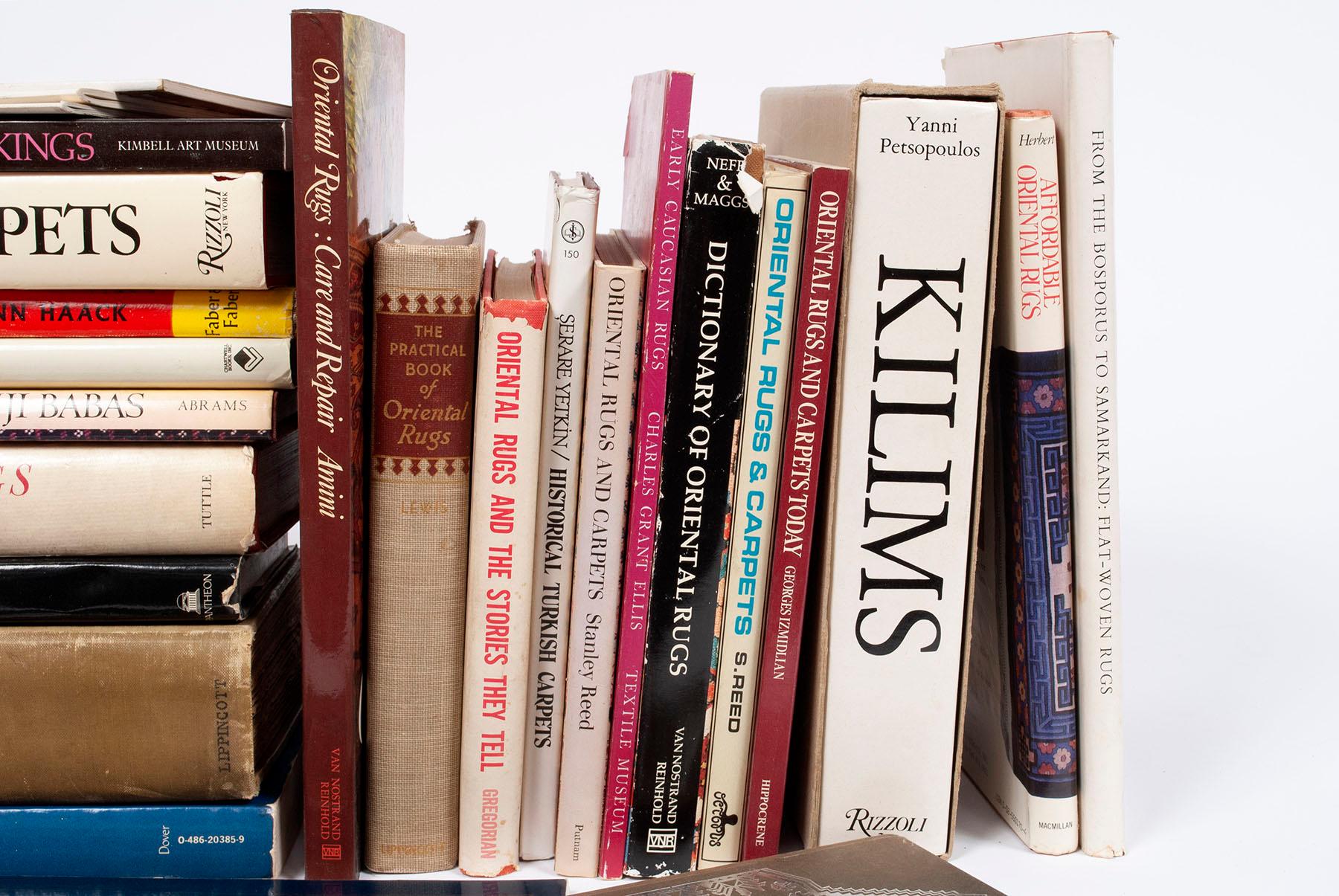
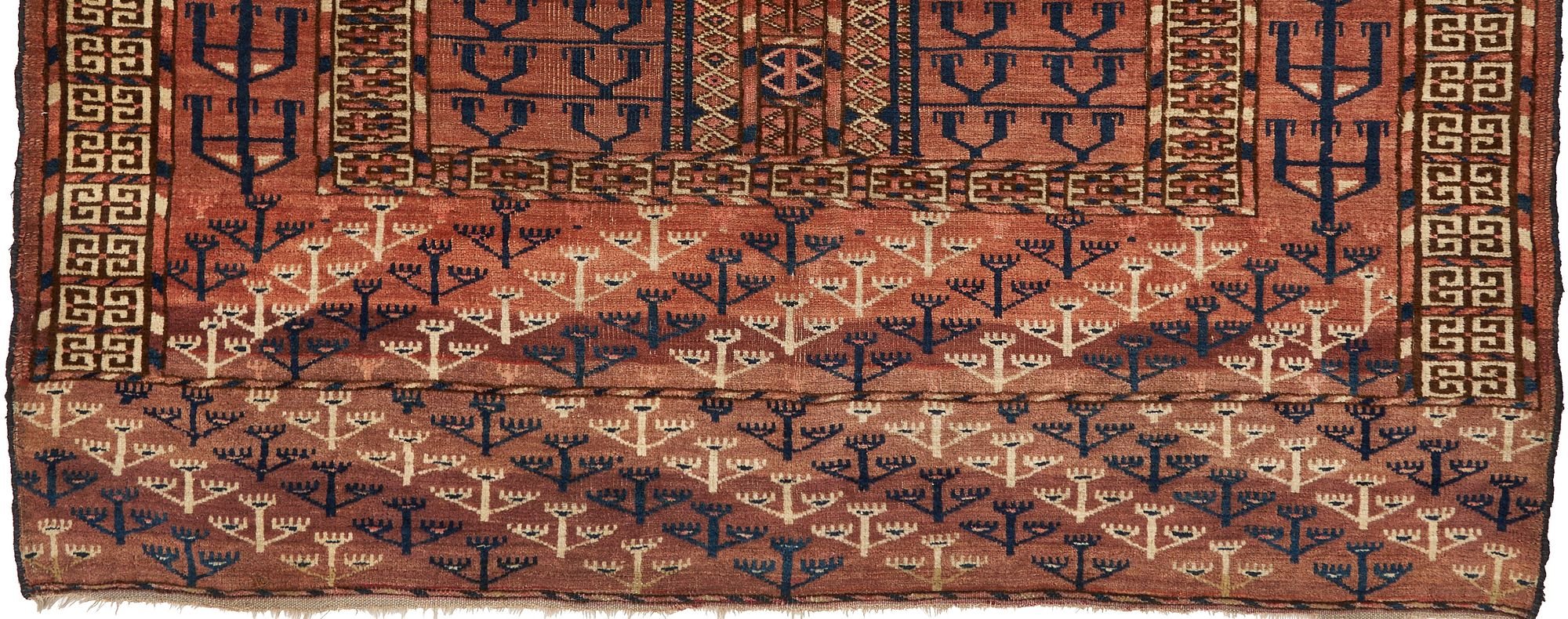
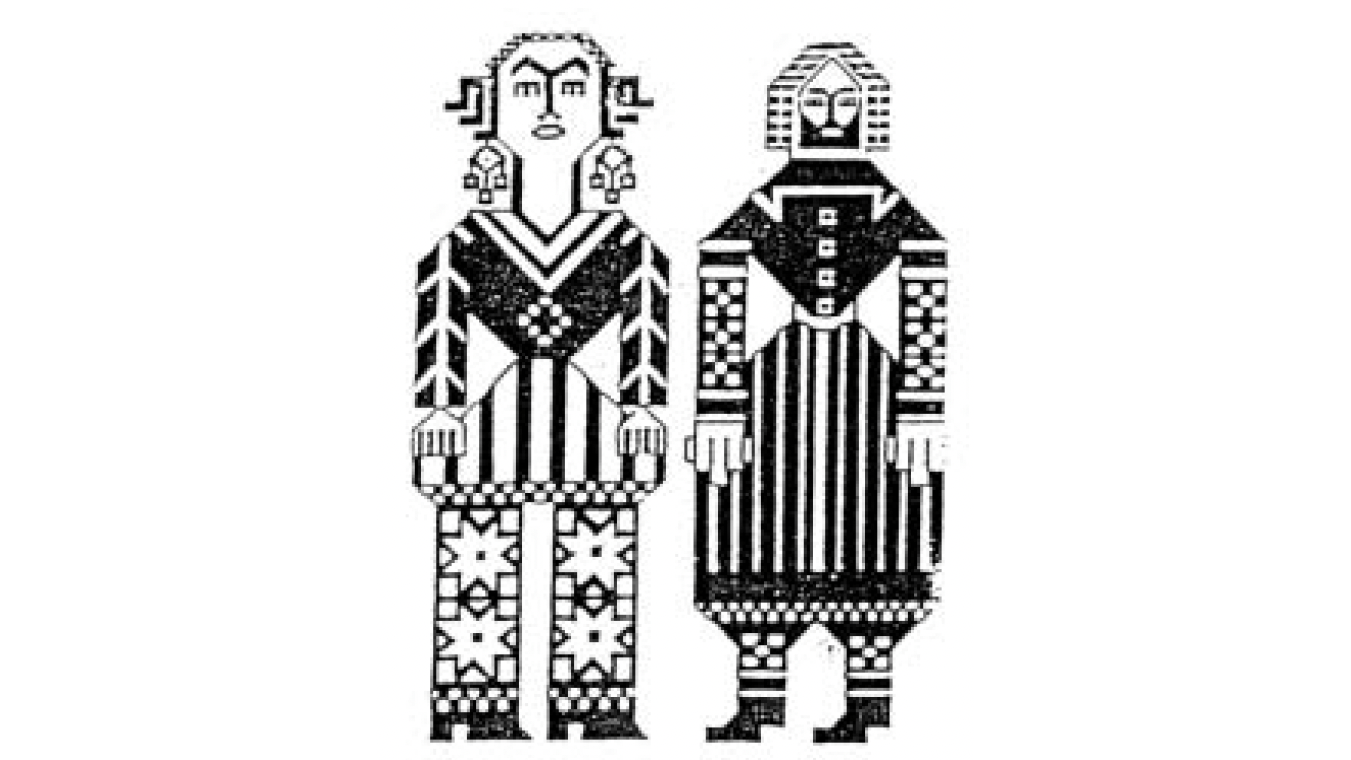
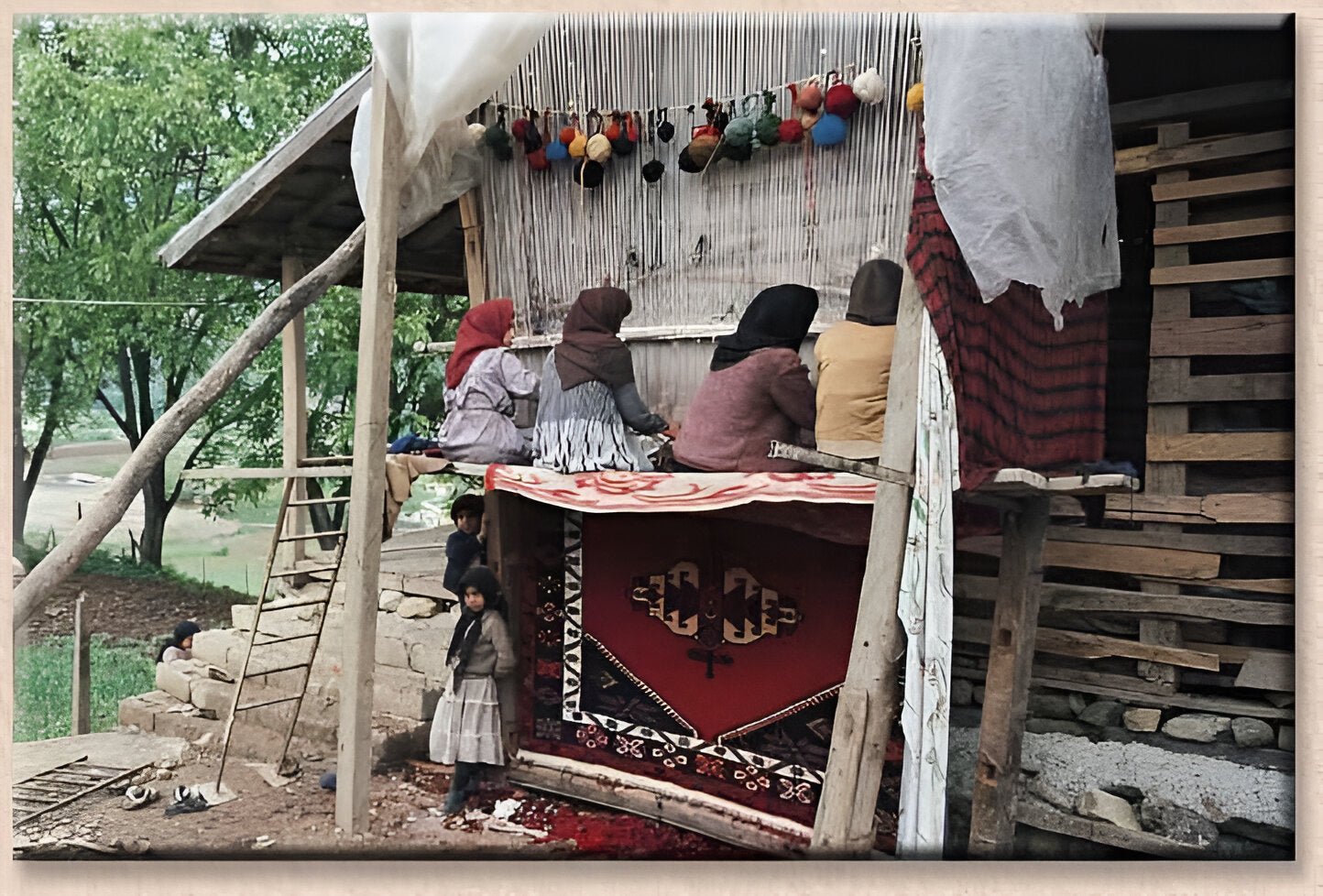
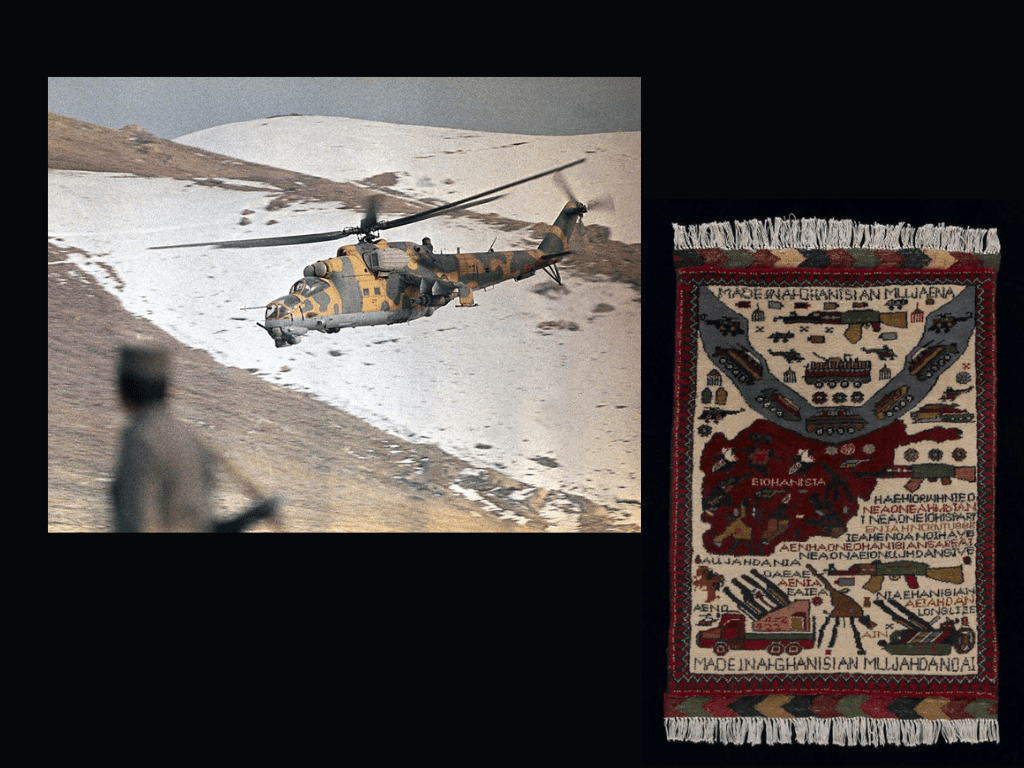
Leave a comment